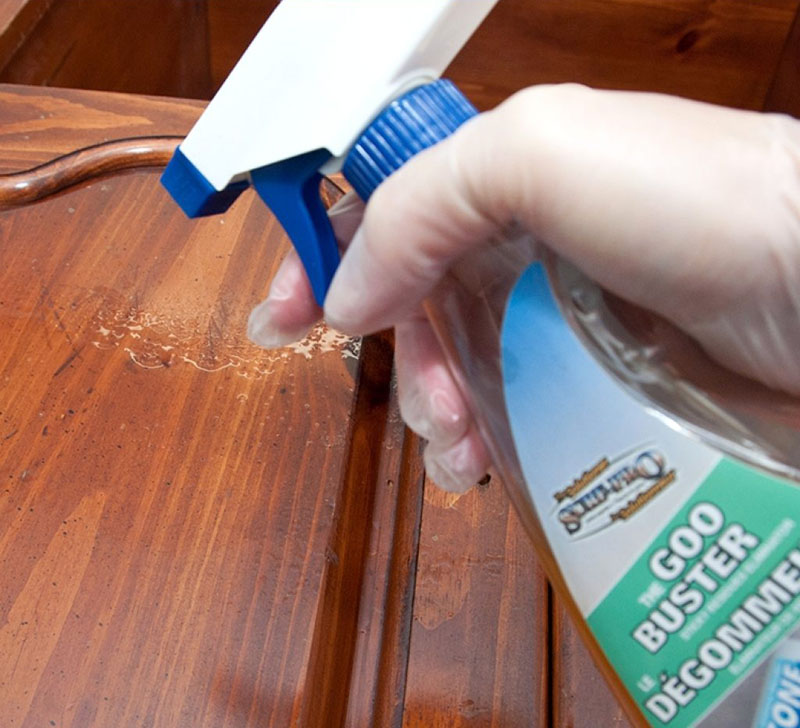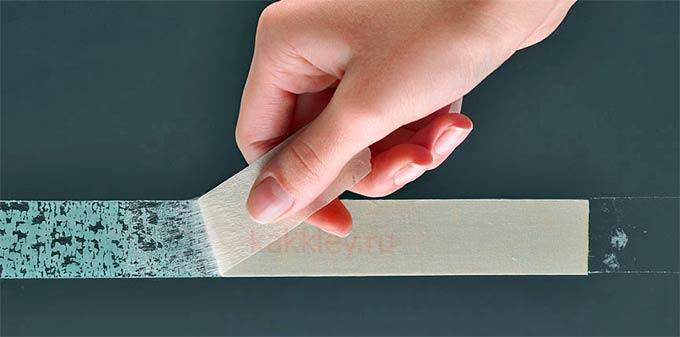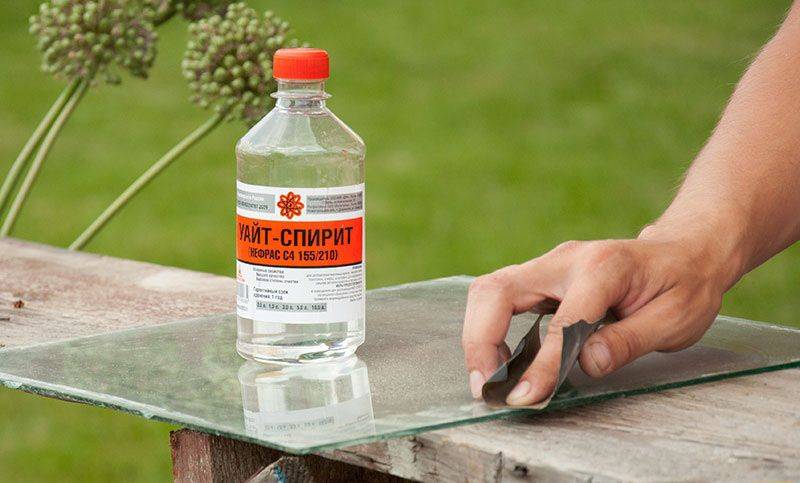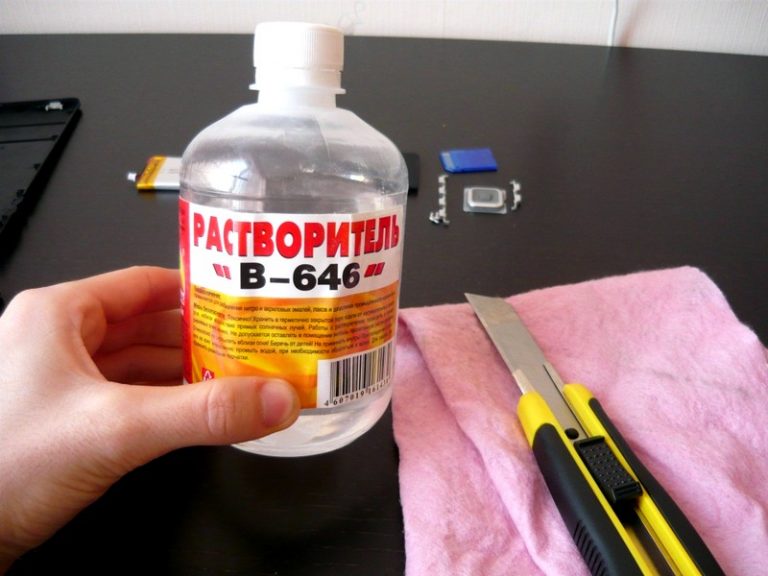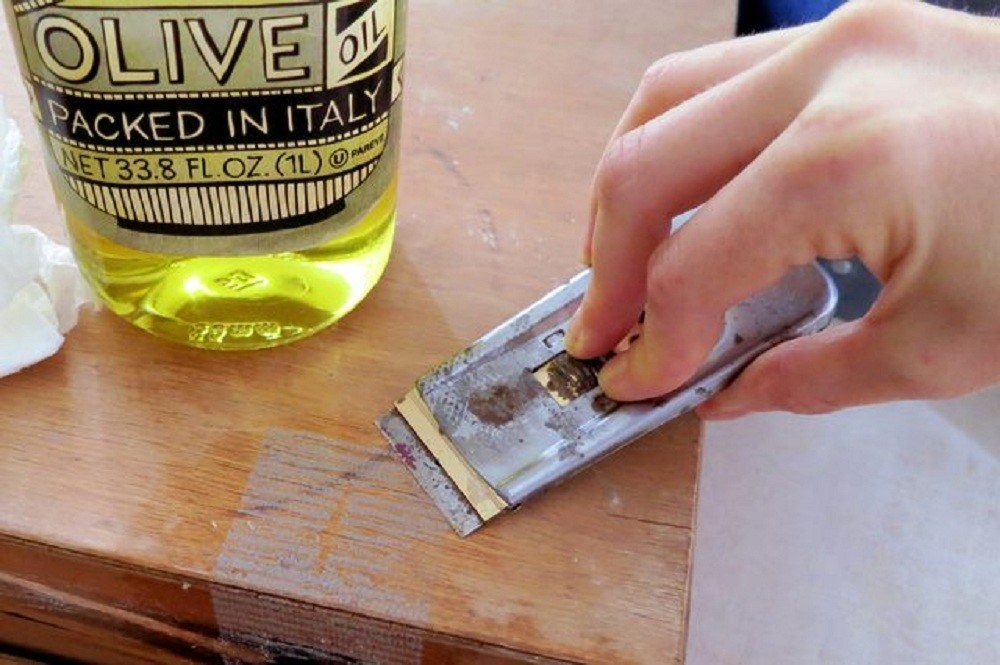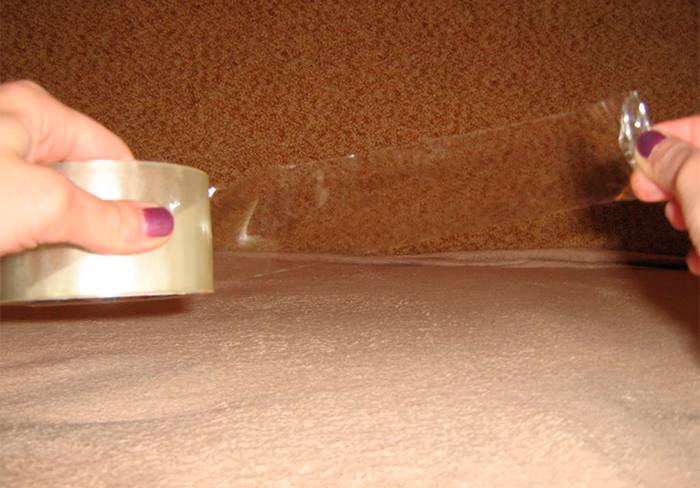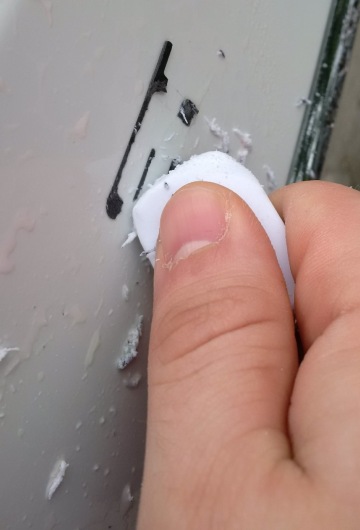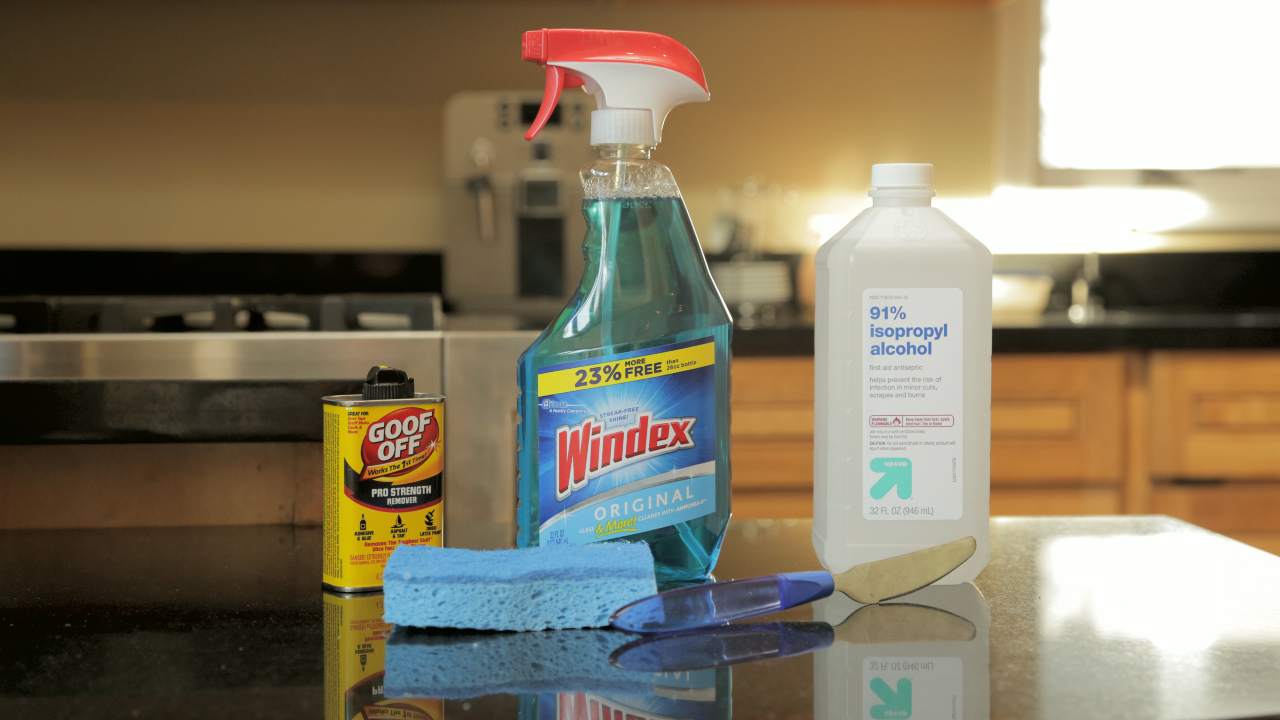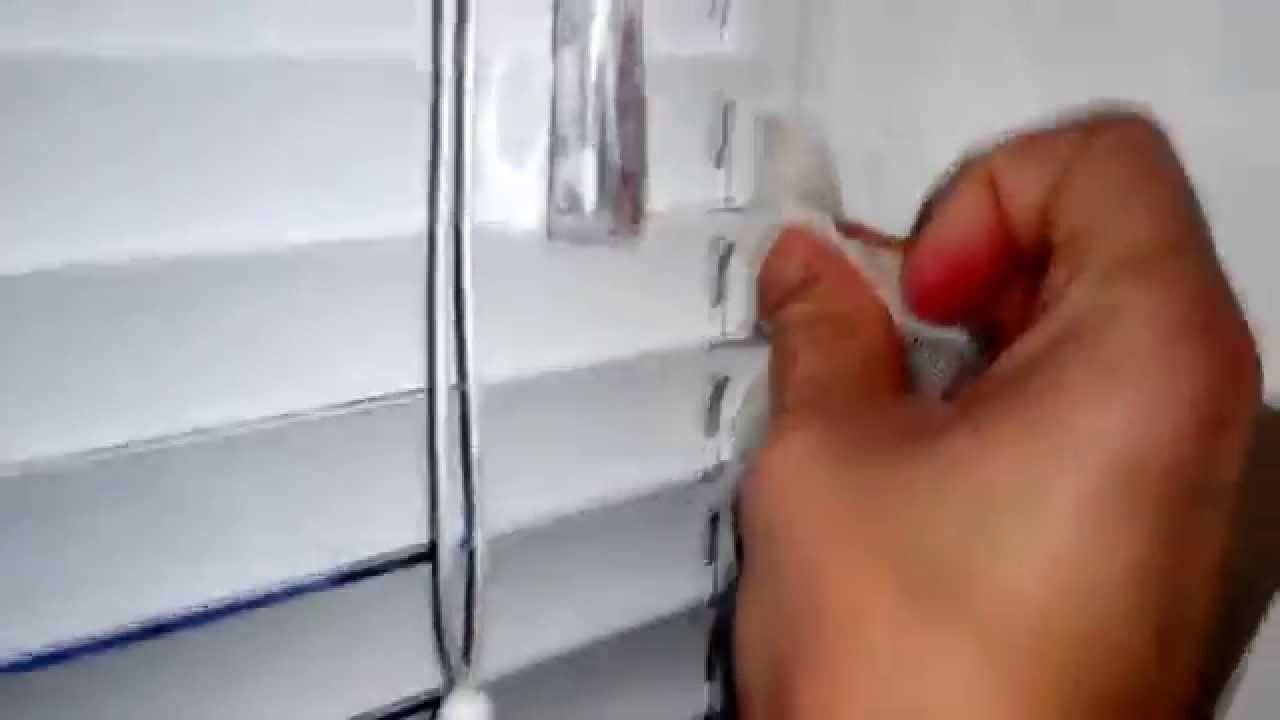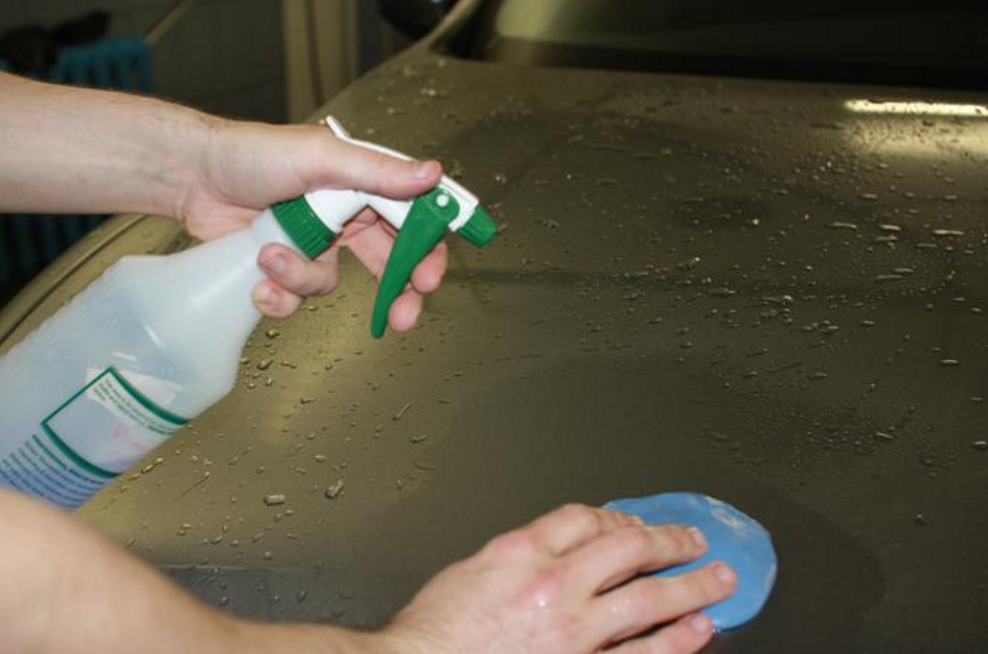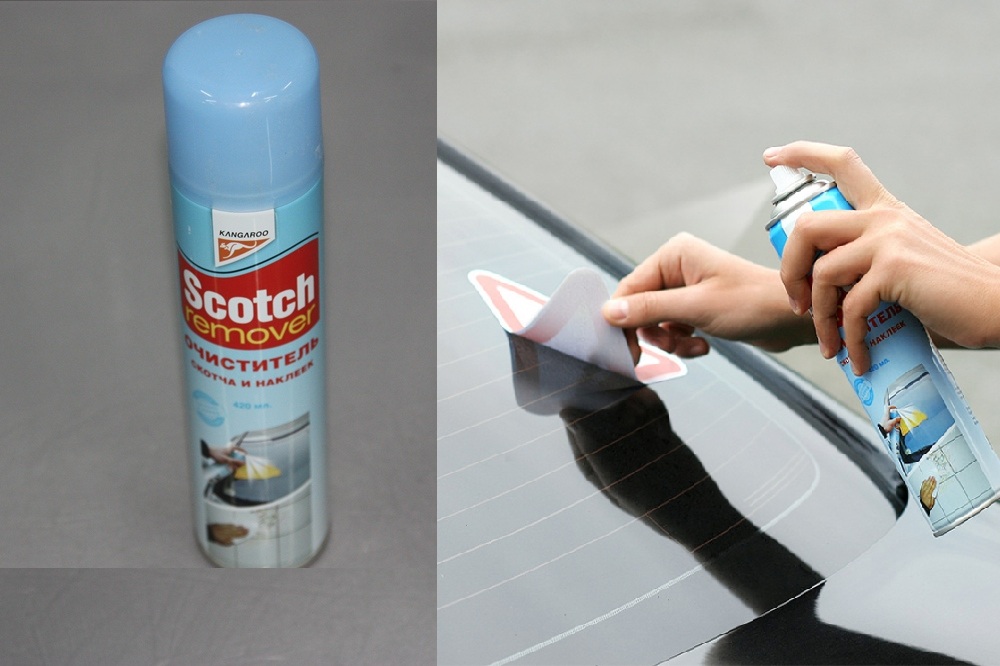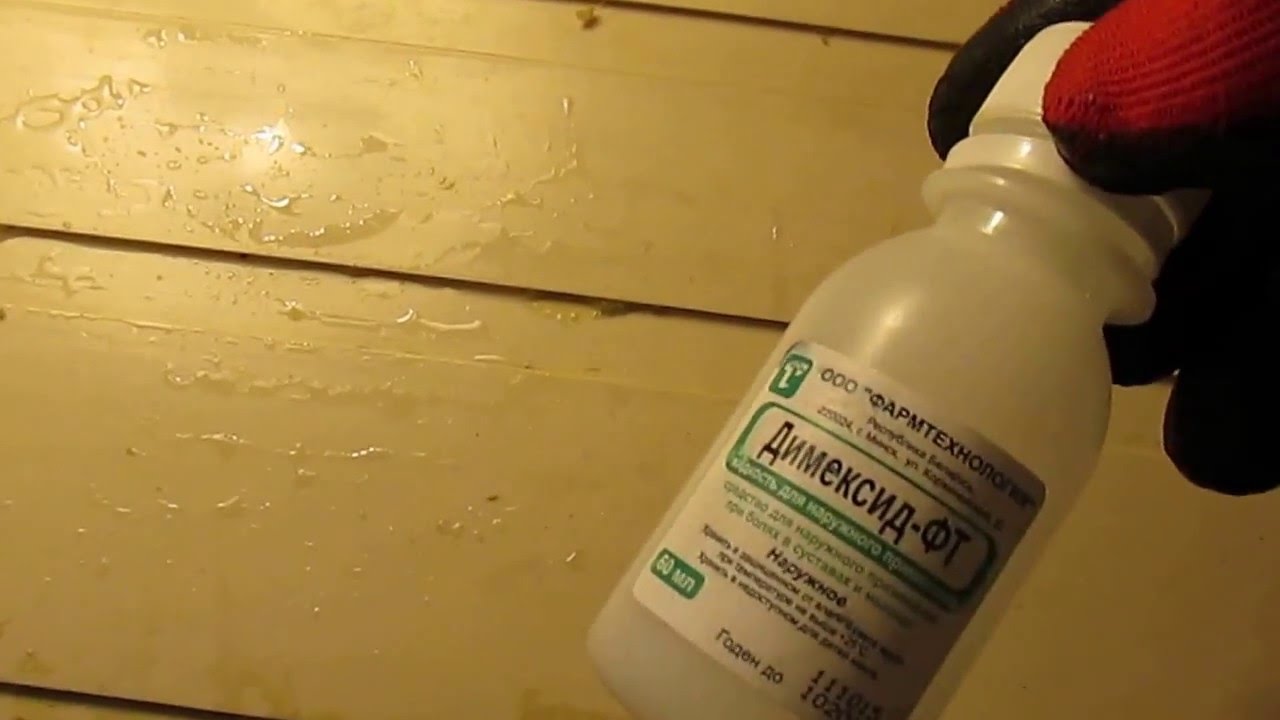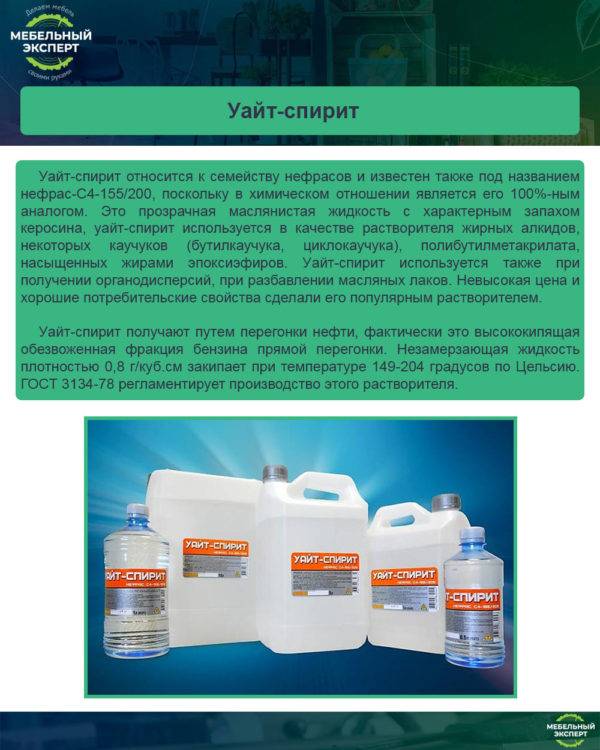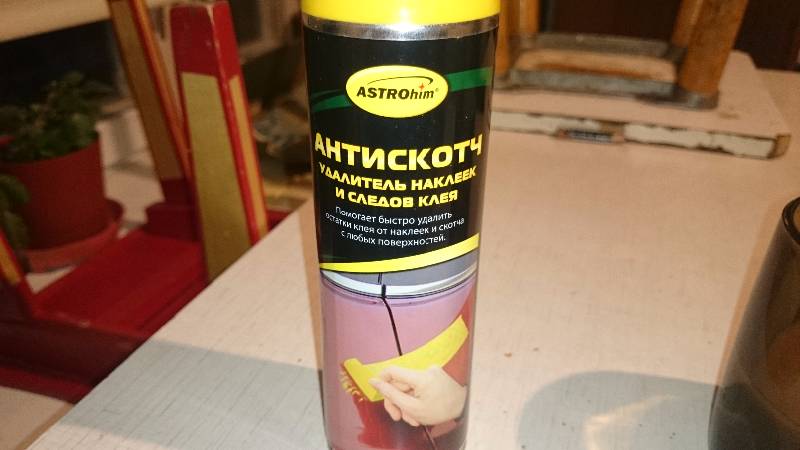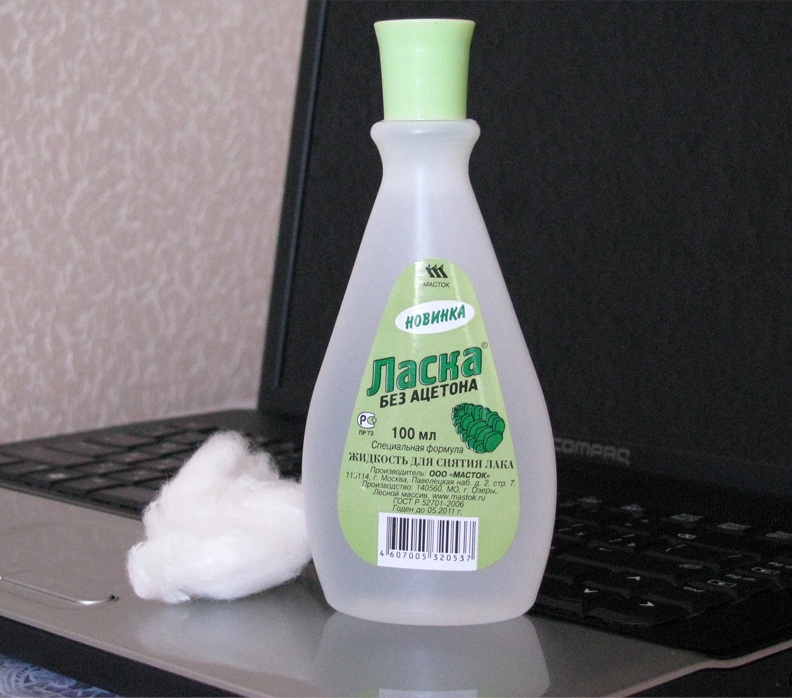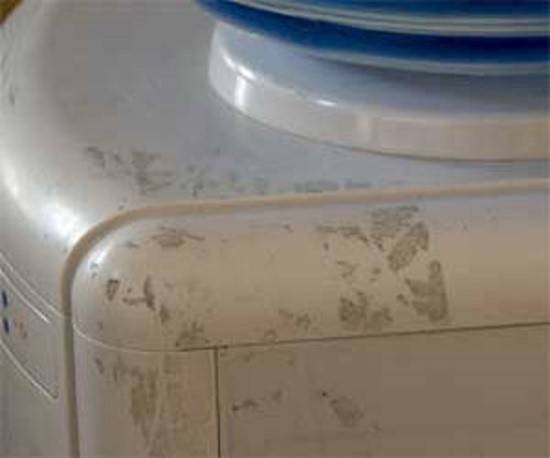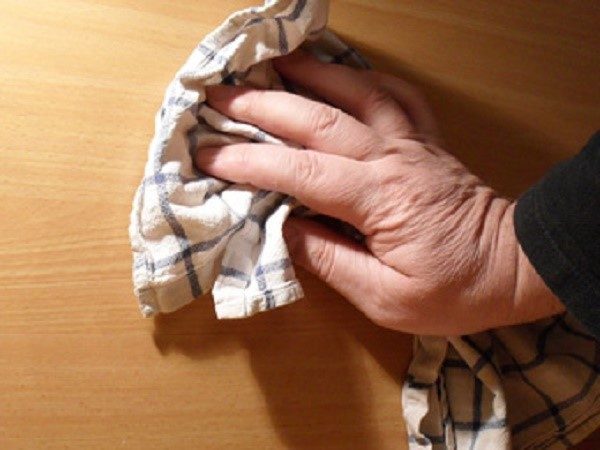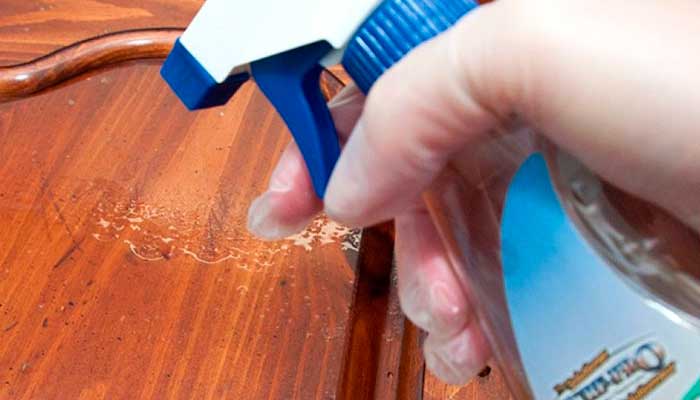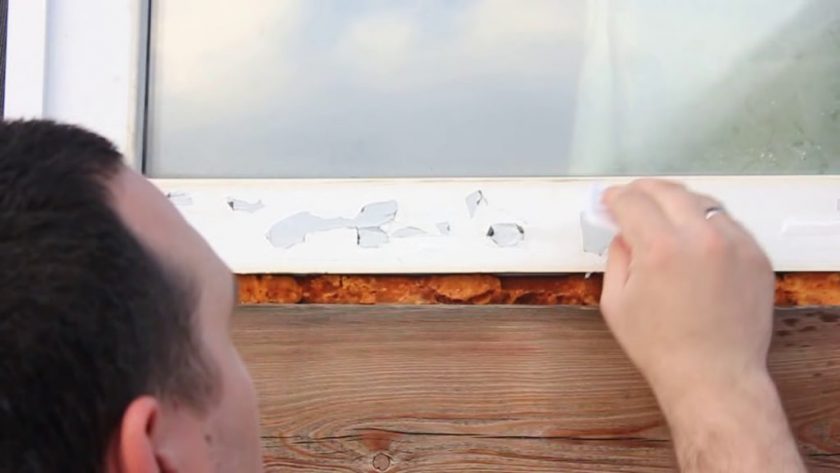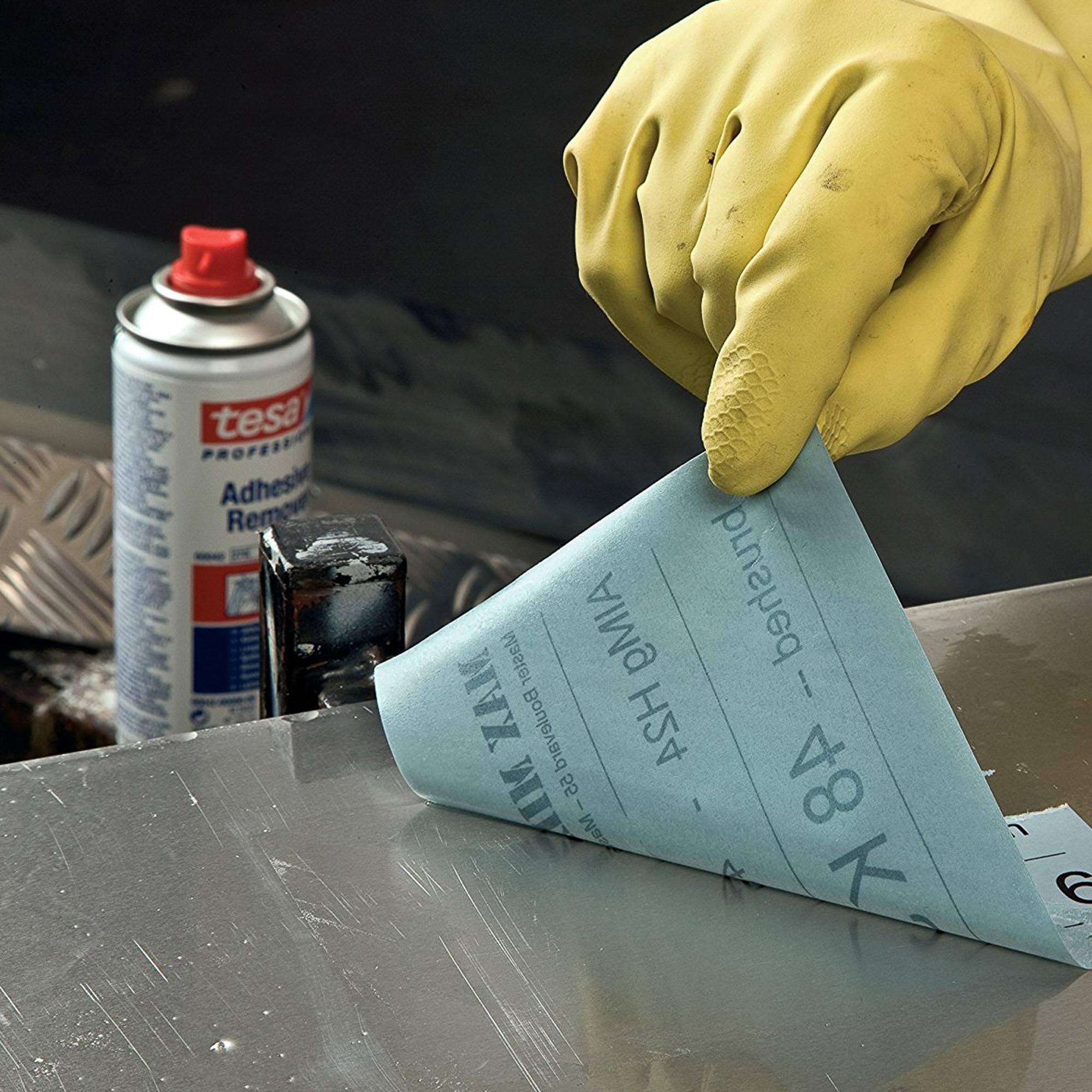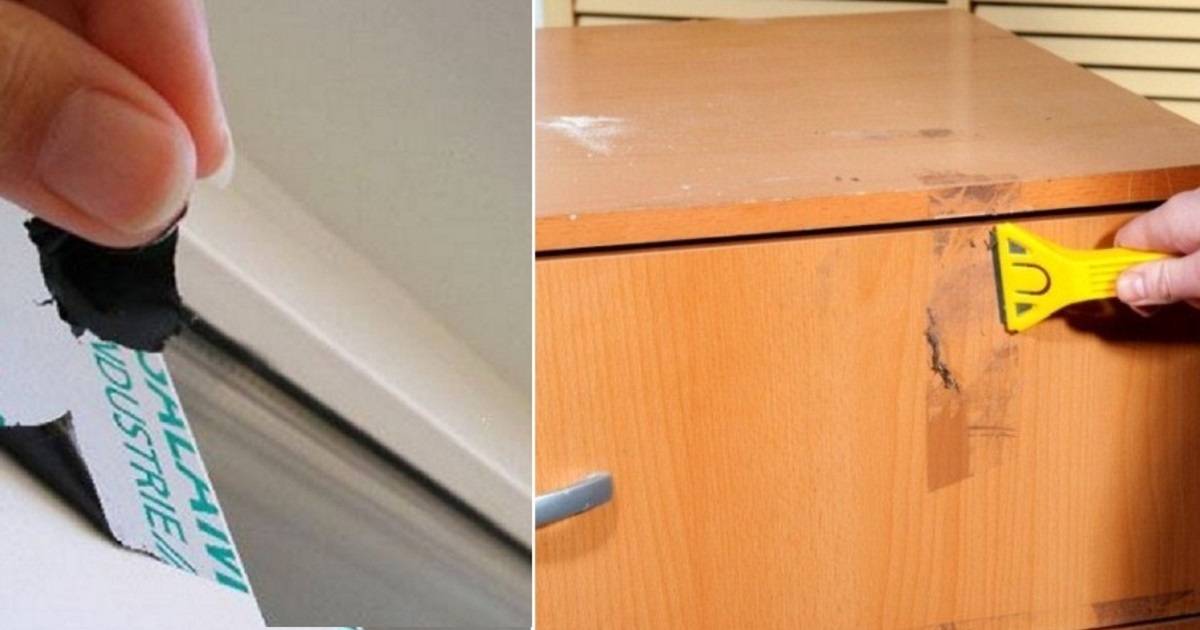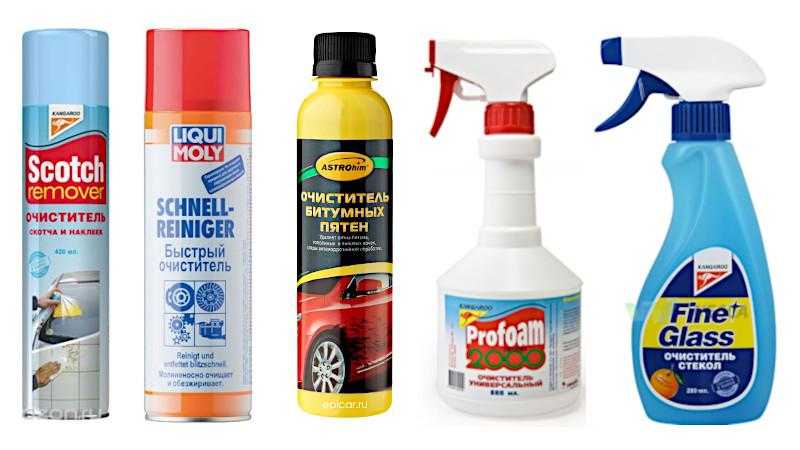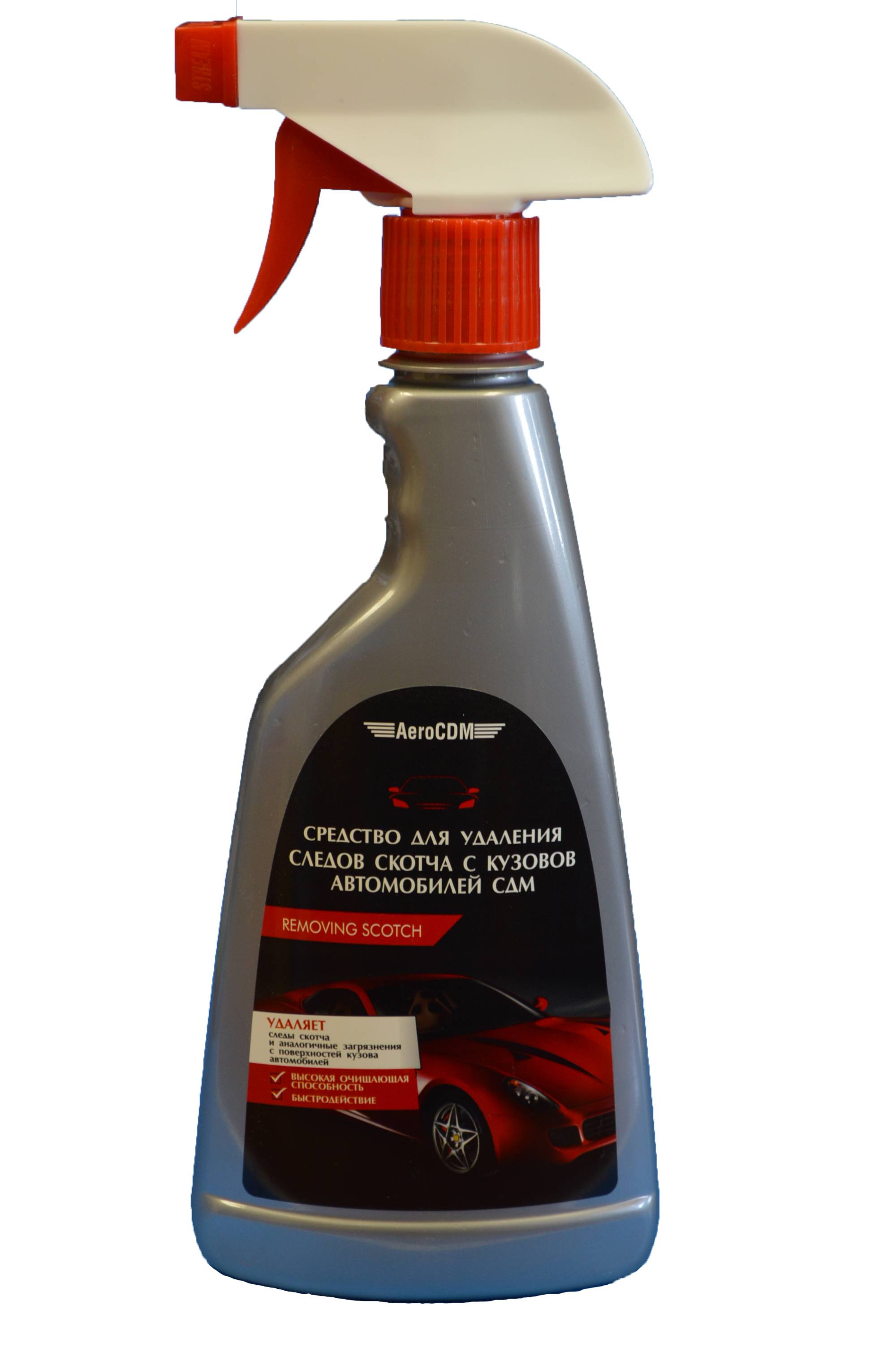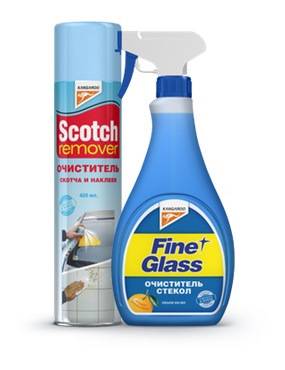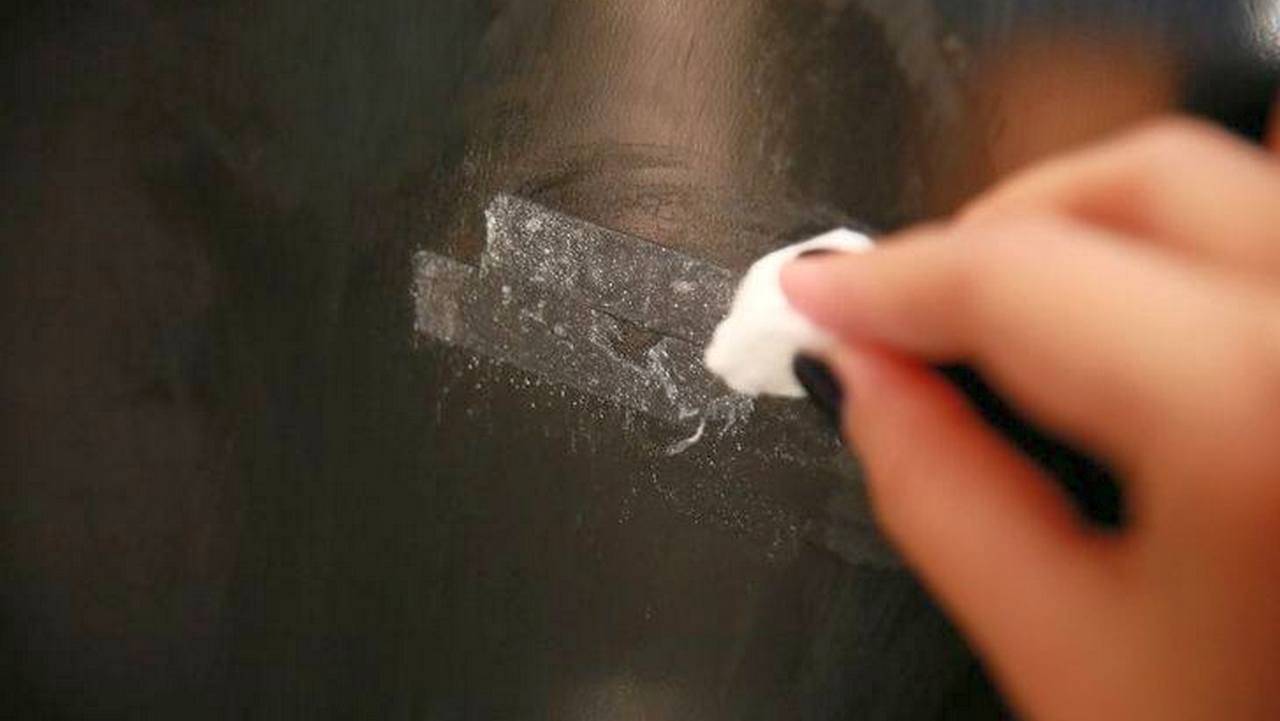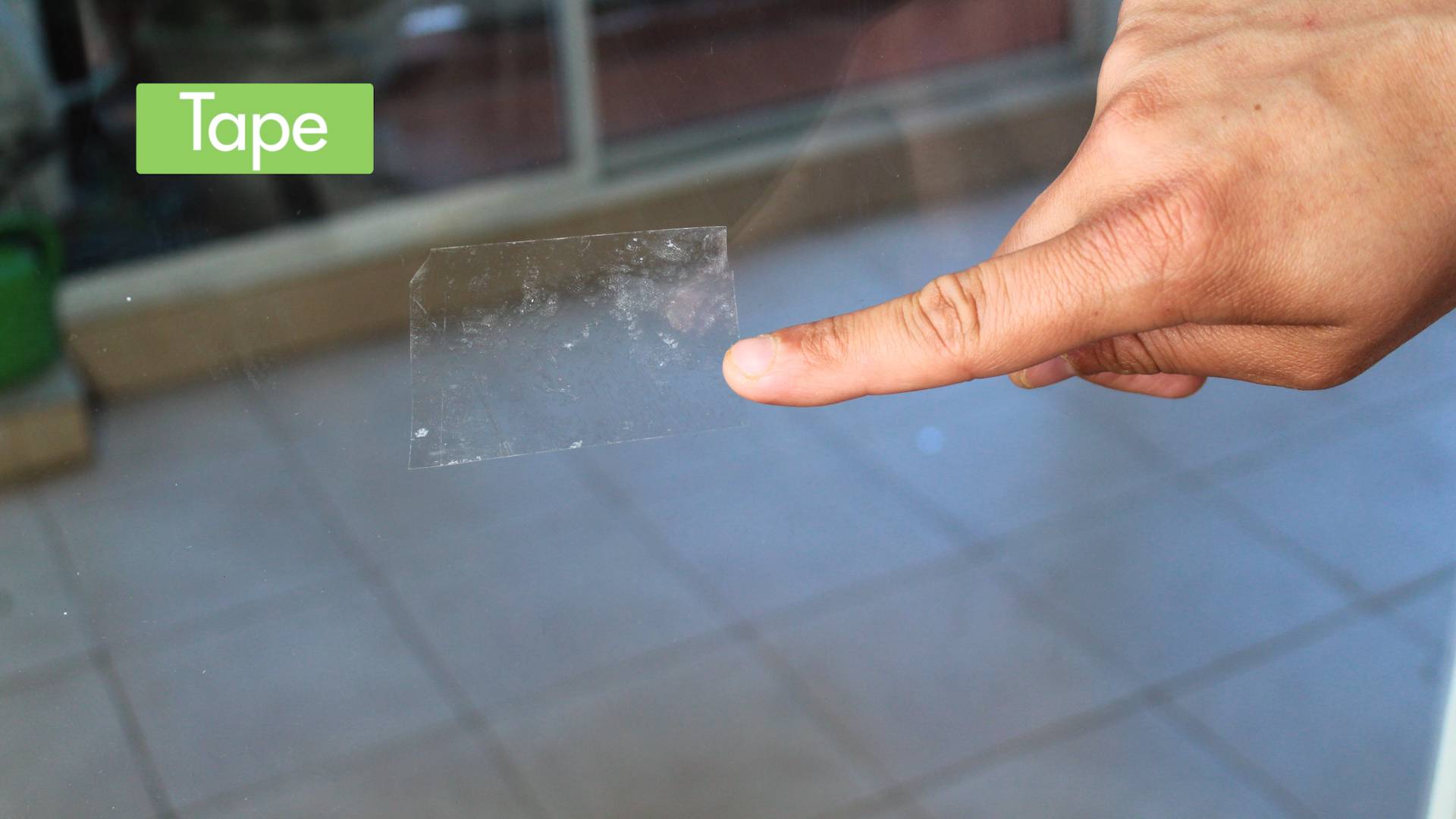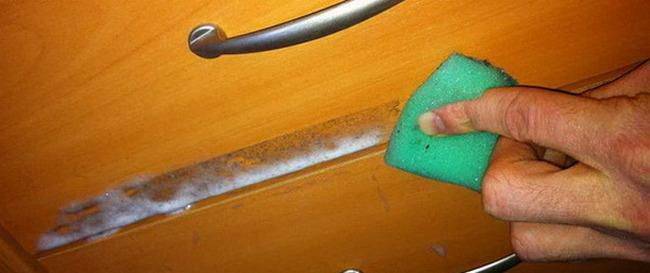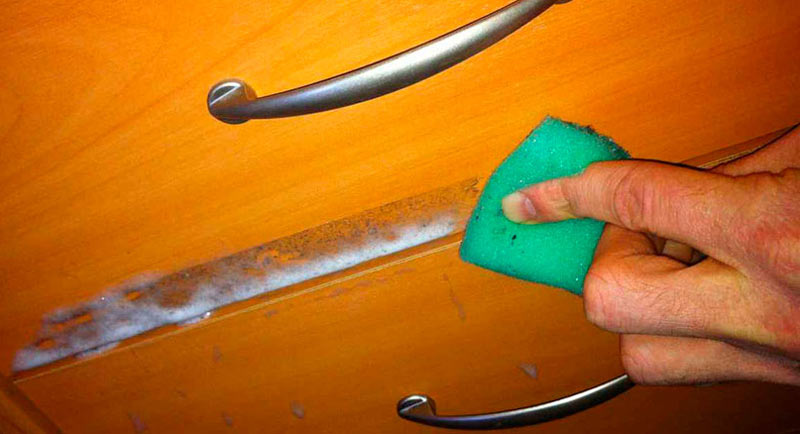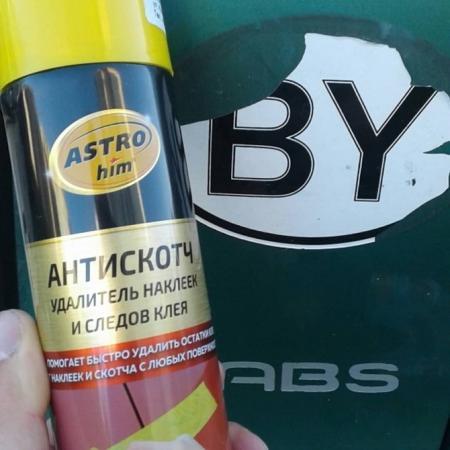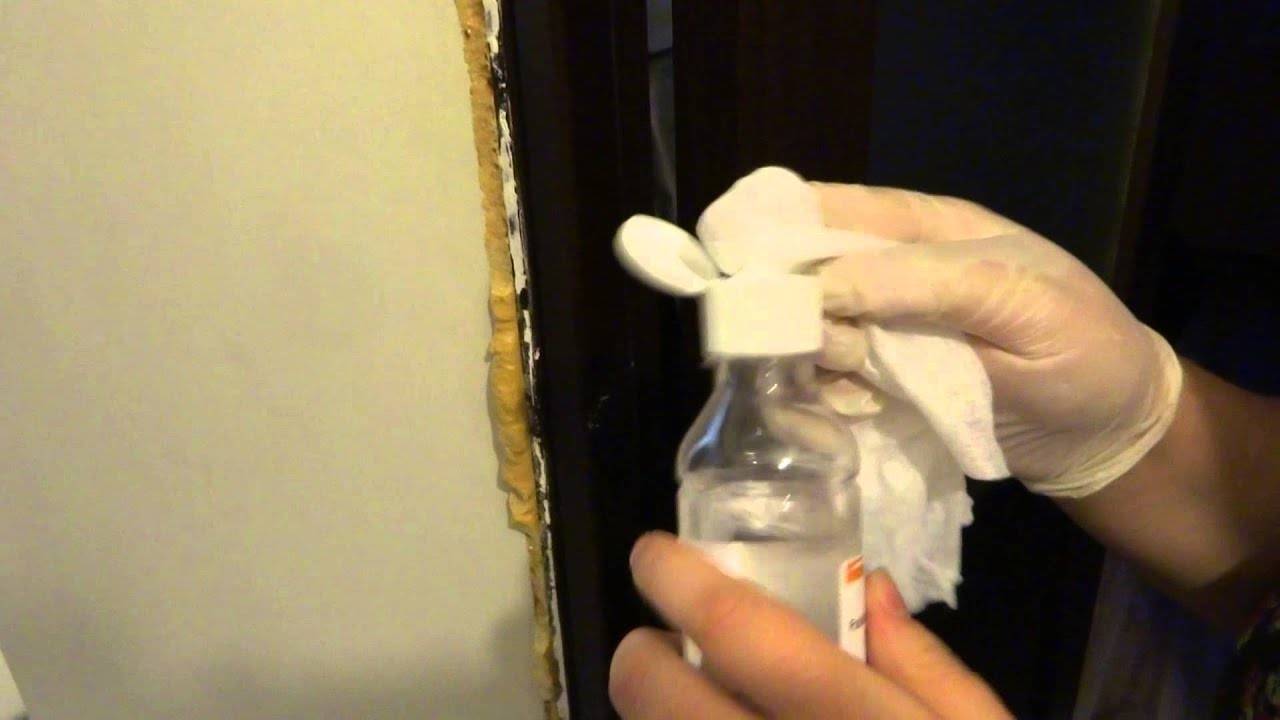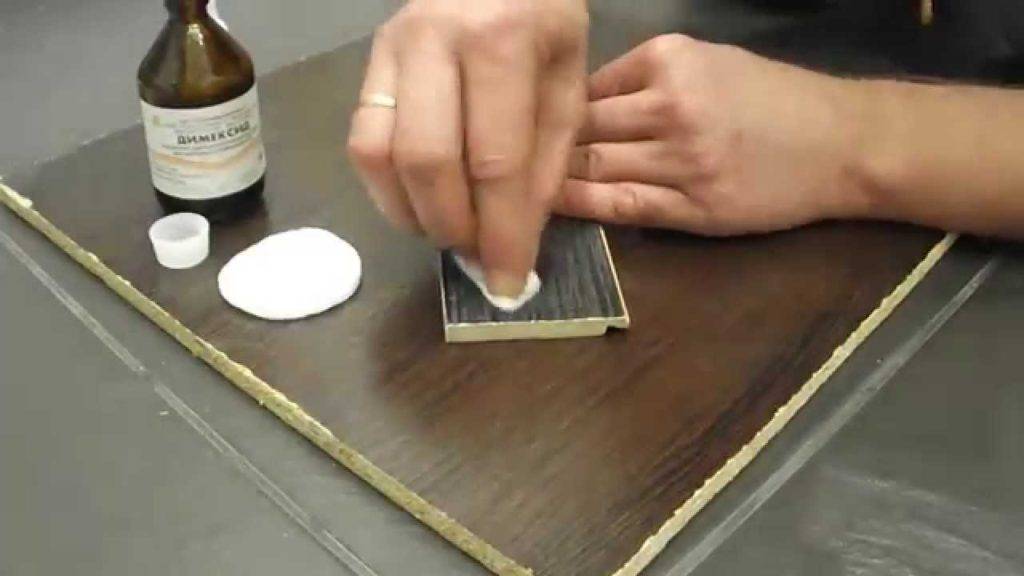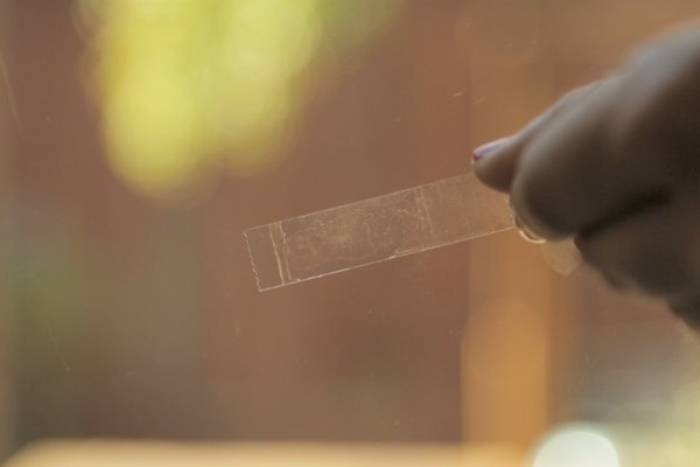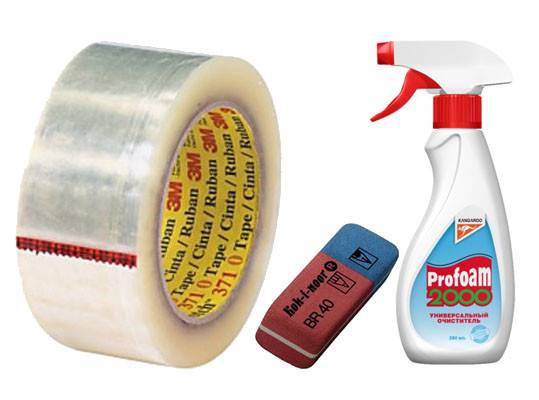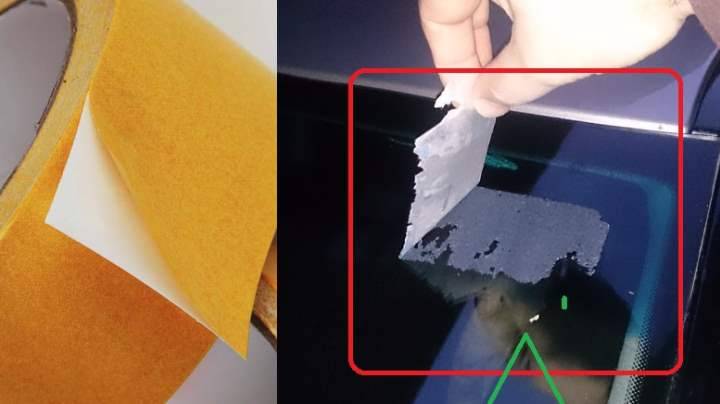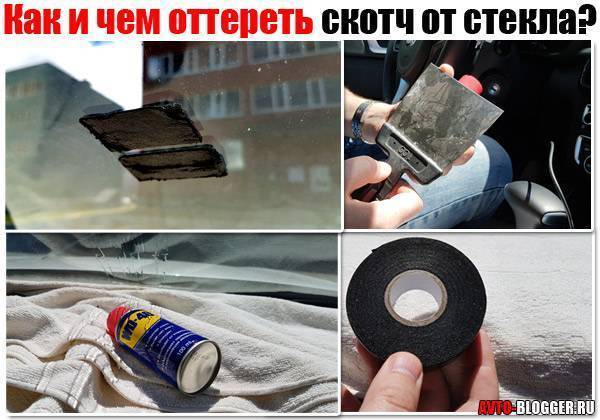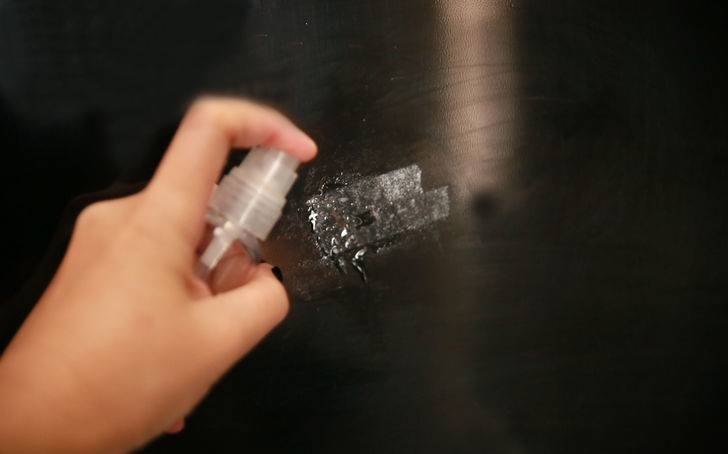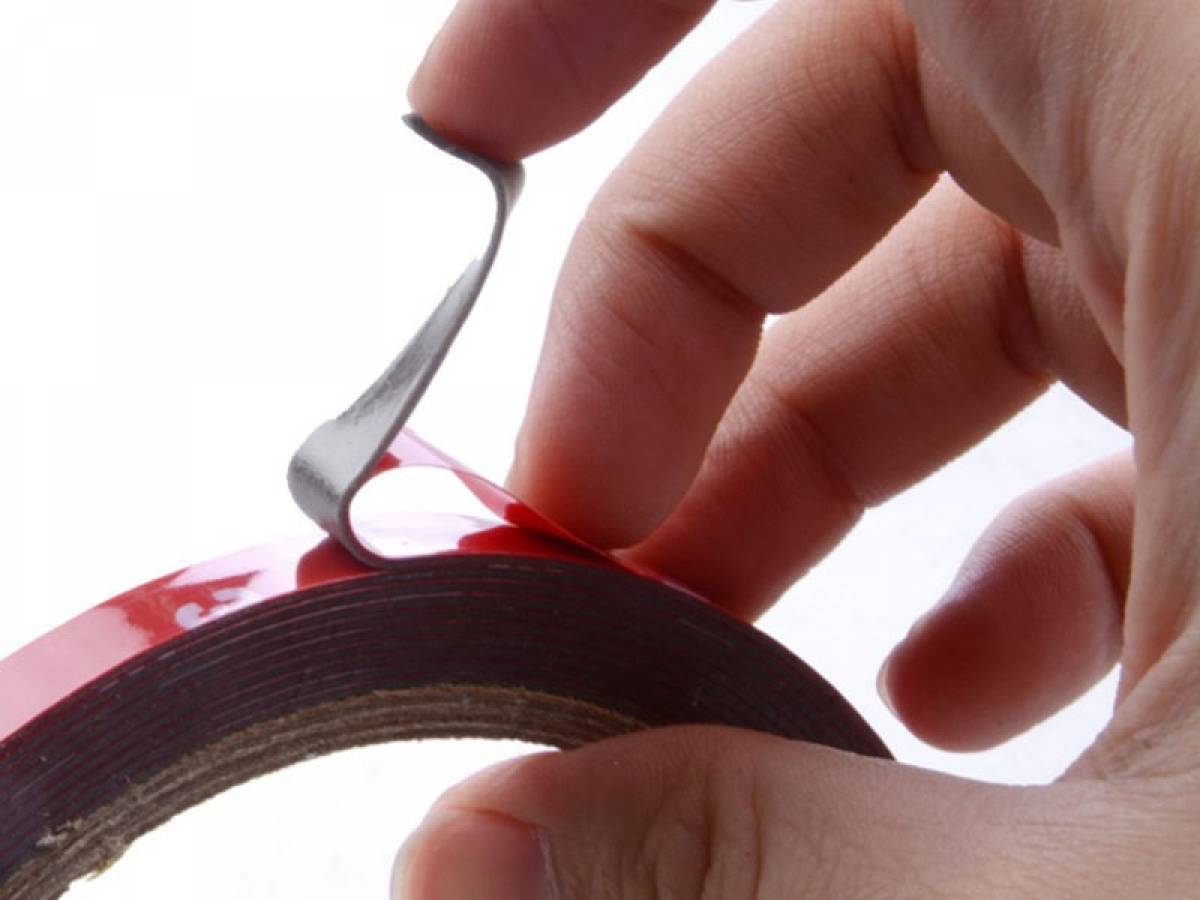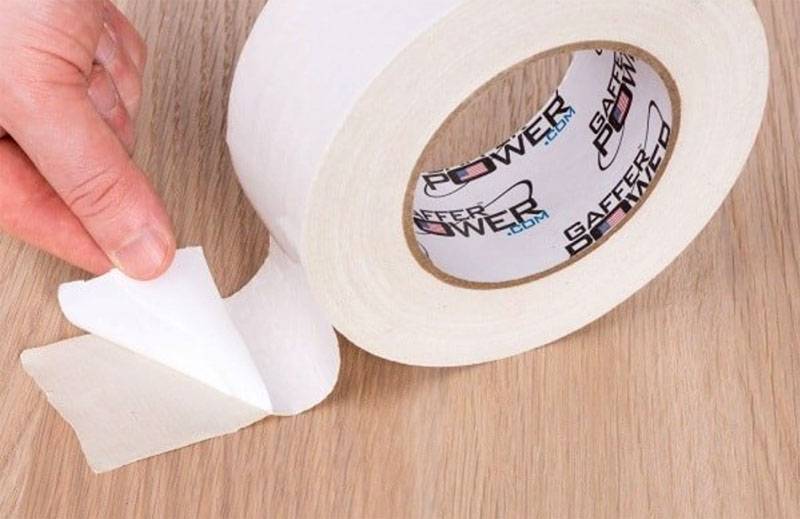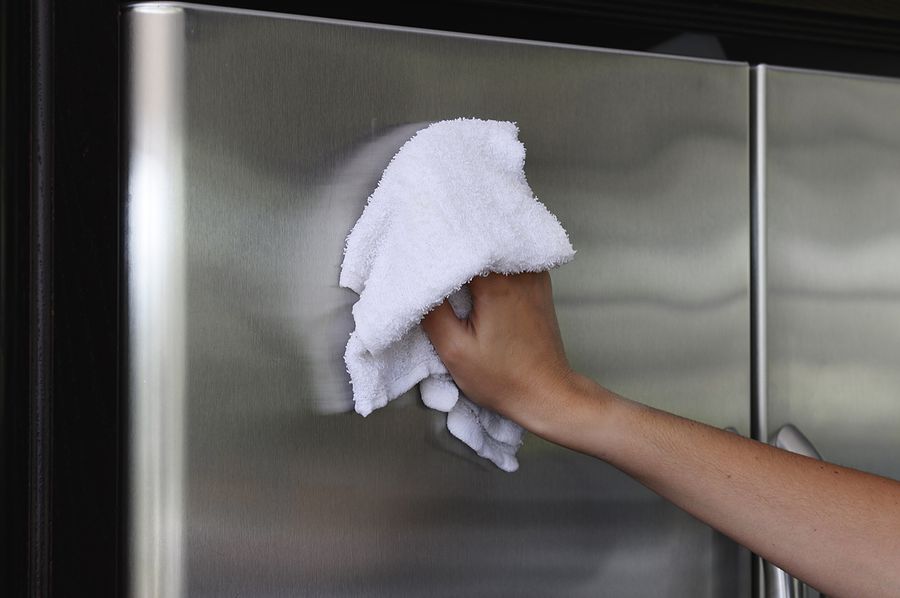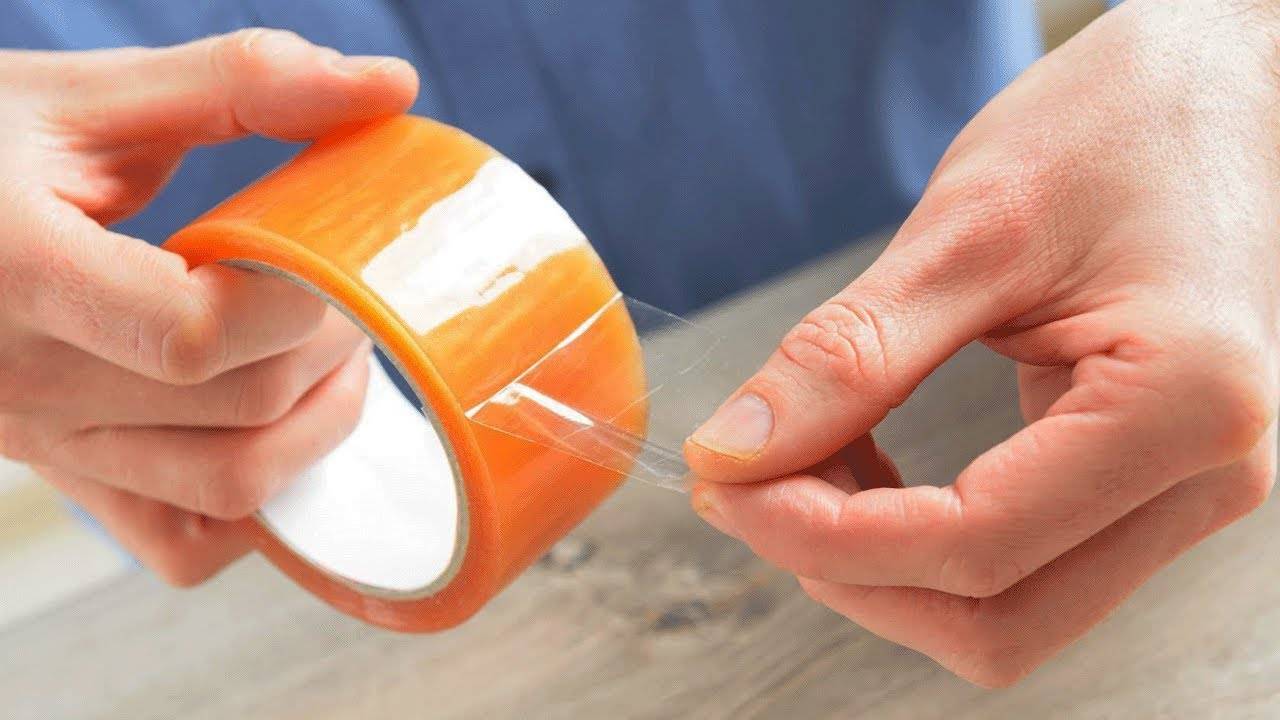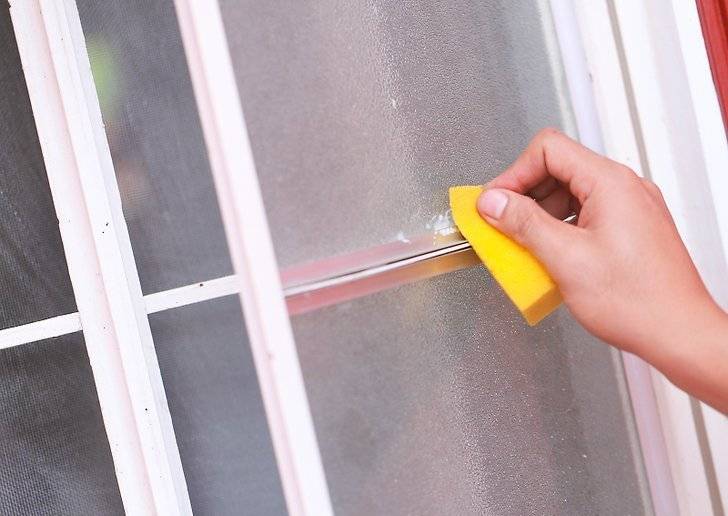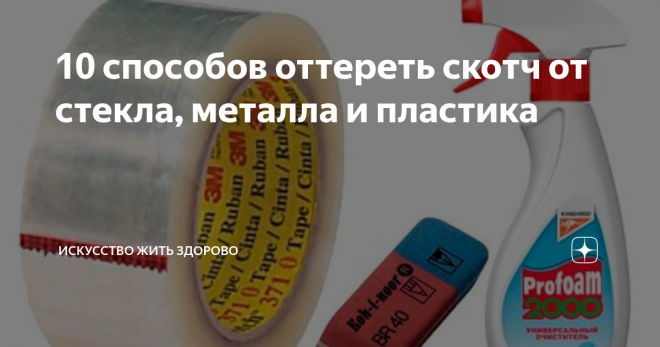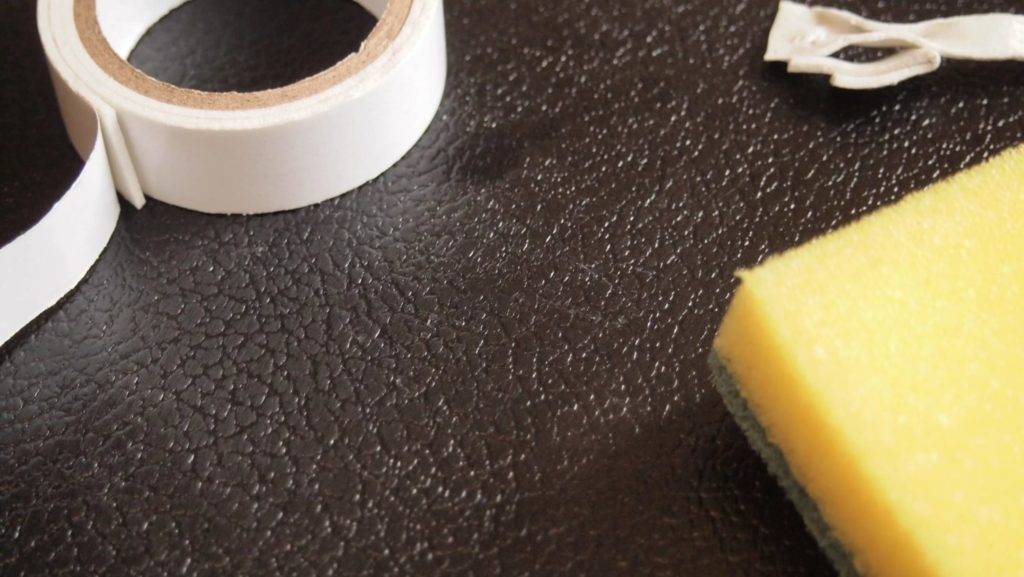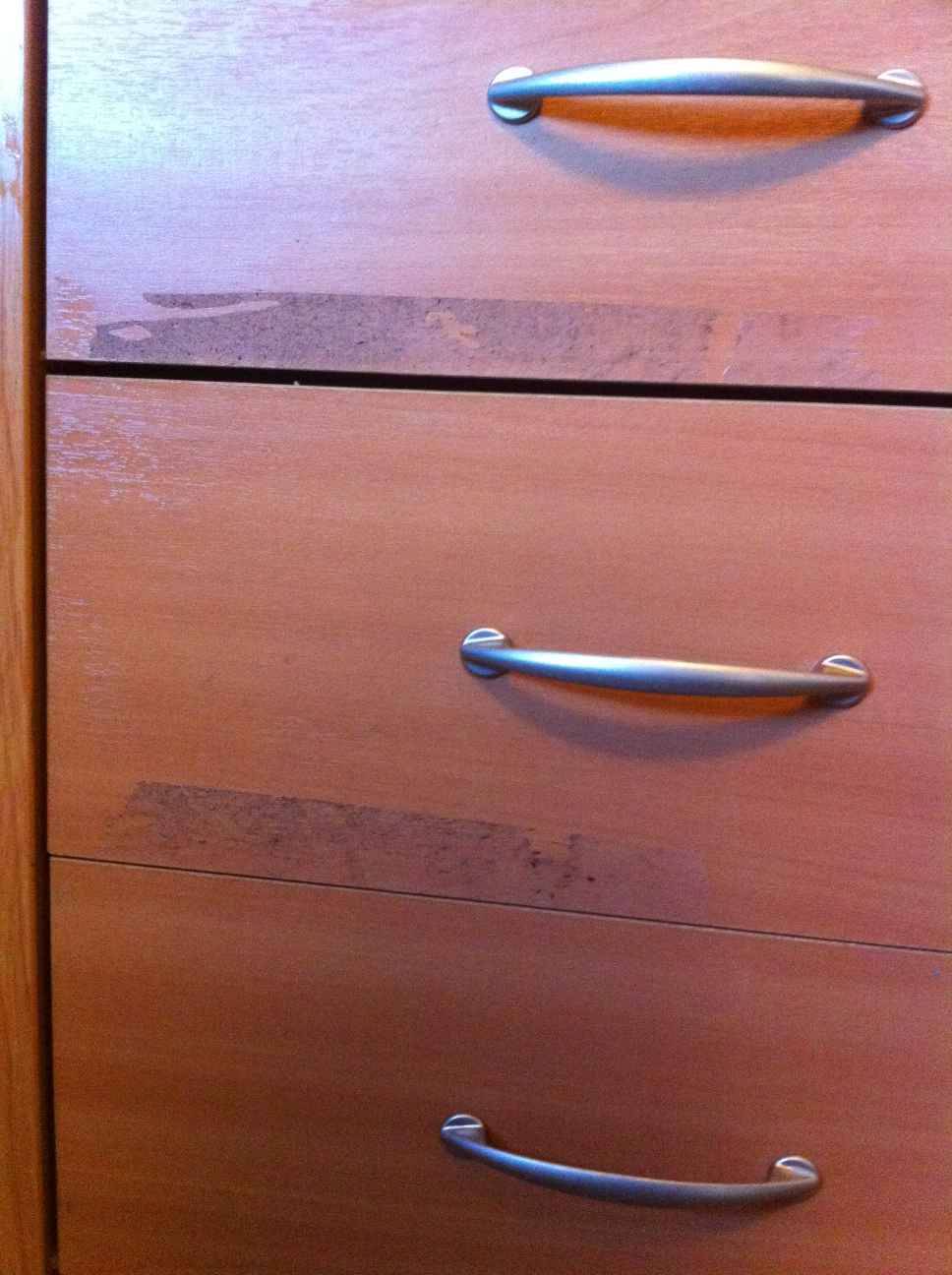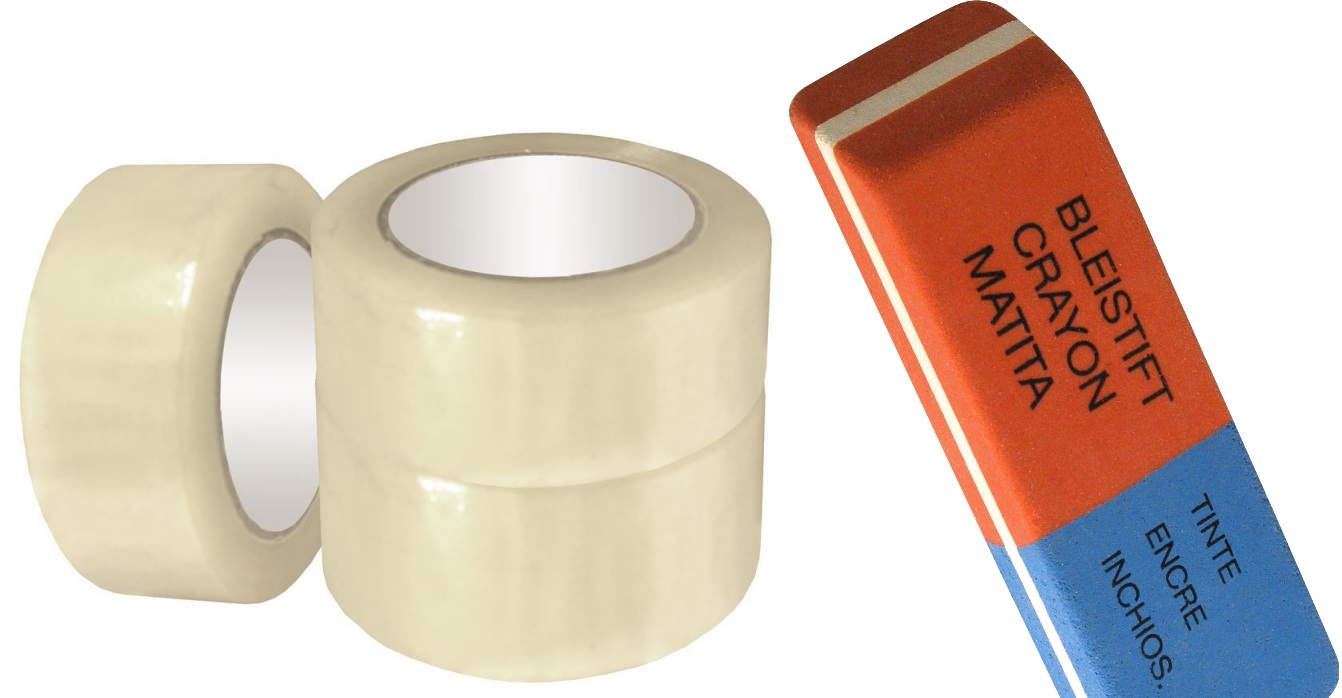Methods for removing adhesive tape from glass
Remains of glue can be removed from glass in several ways:
- hot soapy water;
- various oils (sunflower, olive, essential);
- kerosene, white spirit, refined gasoline;
- ethyl alcohol and alcohol-containing solutions;
- ammonia;
- an eraser;
- nail polish remover;
- a clerical knife;
- scotch tape;
- glass cleaner;
- special cleaning agents.
Hot soapy water
Hot water does an excellent job of removing glue residues. It is necessary to dissolve shavings of laundry soap in it. In the resulting solution, wet a cloth, apply to the contaminated surface and leave for a while. The glue will dissolve under the action of hot water and alkali, and its remnants can be easily wiped off with a napkin, if you apply a little effort. This is a good way to remove fresh tape marks, but it can be time and labor intensive.
Vegetable oil
Any type of oil is suitable for surface treatment: sunflower, olive, linseed, essential. Fats react well with glue, changing its properties. Before you wash the glue from the glass and the remaining adhesive tape, you need to moisten a cloth in oil, apply to the remaining glue and leave for a while. After a couple of hours, using a dry cloth, the glue that has lost its adhesive properties can be easily removed from the glass along with oil. The difficulty is that it is difficult to fix the fabric on vertical surfaces, and after cleaning work, you need to wash the glass with dishwashing liquid.
Kerosene, white spirit, gasoline
White spirit and gasoline do an excellent job of removing scotch residue on glass. A cotton sponge or hard sponge must be dipped in the solution and wiped off the contaminated area. This method is suitable for cleaning all surfaces of glass and mirrors.
It should be used with caution in rooms with increased fire hazard, after using gasoline or white spirit, ventilate the apartment
Ethyl alcohol and alcohol-containing solutions
Remains of glue are well cleaned with ethyl alcohol, separating the glue from the glass surface, without dissolving it and without smearing it on the surface. In its absence, you can use vodka, perfumery, tinctures. A cotton pad or cloth should be moistened with an alcohol solution and thoroughly wiped off the area soiled with glue. The method is quite effective, but it takes time and effort.
Ammonia
Technical or medical ammonia solution is available at hardware stores or pharmacies. With it, you can easily remove excess glue if you wipe the place of contamination in a circular motion with a cloth moistened with ammonia. The tool not only cleans the surface well, but also gives it shine. After application, the glass is washed with water and wiped dry.
Eraser
Small spots of glue can be wiped off with a rubber band. The surface of the glass is resistant to mechanical stress, so the top layer will not be damaged. If the surface of the dirt is large, it will take a lot of effort to wipe off the traces of glue completely.
Nail polish remover
How to quickly wash scotch tape from glass if there are no cleaning agents at hand? Almost every woman has a nail polish remover at home. You can try to remove dirt with a cotton pad soaked in liquid. The product copes with fresh glue residues perfectly.
Stationery knife
Remaining tape can be removed with a utility knife. To do this, you need to carefully remove the pieces of glue, holding the blade at a slight angle to the surface.
This method should be used as a last resort and with care so as not to scratch the glass.
Remove the scotch tape ... with scotch tape!
In the absence of cleaning agents, adhesive residues can be removed with tape. To do this, you need to glue a small strip of stationery tape to the contaminated areas and tear it off with sharp movements.
It is important that the adhesive tape was glued for a short time, otherwise then there will be even more problems with removing its remnants from the glass.
Glass cleaners
Household chemical stores have a wide range of products that are used to clean glass. They often successfully deal with all sorts of contaminants, including scotch tape, label residues, and tar. The most popular ones are Mr. Proper, Mister Muscle, Clin, Cif.
Special cleaning agents
There are special cleaners on the market for removing adhesive tape from various surfaces. Among them are Kiehl Tablefit, FORMULA X-5, Super CMF-240, Sticker Remover, Merida Impet. For ease of application, the products are sold in the form of sprays, liquids, sticks, pencils.
Good advice
- Before using solvents or abrasives, try cleaning the tape off the tape yourself. To do this, press down firmly on a wide adhesive tape around the perimeter of the dirt, smooth and slowly pull up and to the side.
- To remove adhesion from small textiles, soak the fabrics in a solution of hydrogen peroxide, detergent or gel and water for 10–20 minutes. Place the container in the microwave, set it to low power and turn it on for 5-7 minutes. After the end of the program, wash in the washing machine as usual.
- Soda or fine salt of the "Extra" type can be used as soft abrasives.
- Before using any product, test its effect on a small, inconspicuous area of the base.
- Apply a thin layer of starch or talcum powder to prevent adjacent surfaces from sticking to the tape.
- For the best effect, combine different methods, start with less aggressive ones.
- Remove traces of the tape as quickly as possible. The longer they stay on the foundation, the more difficult it will be to get rid of them.
We advise you to watch the video instruction:
How to wipe off double-sided tape
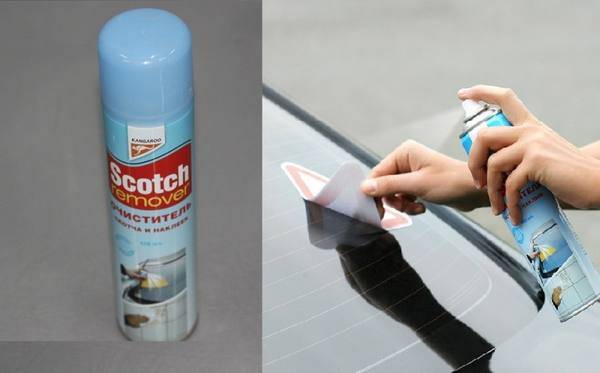
To remove the adhesive tape from the surface, you can use a spray or liquid that you can find in household chemicals stores. But if you can't buy a product for one reason or another, you can solve the problem with the help of improvised means, without material costs.
Stationery eraser
This item, which can be borrowed from a school child's portfolio, will allow you to solve the problem quickly and effortlessly.
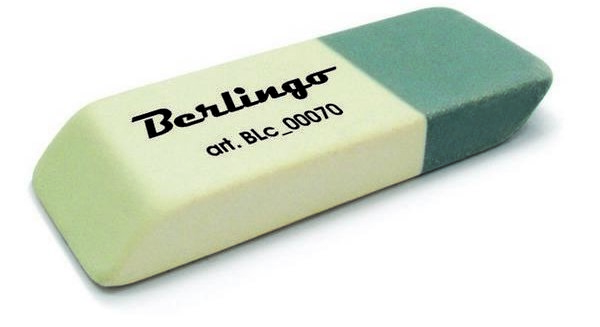 With a smooth and hard surface, an eraser will help remove traces of tape.
With a smooth and hard surface, an eraser will help remove traces of tape.
Eraser the surface with traces of tape by simply rolling the sticky base into lumps. Then wipe the area with a tissue. However, keep in mind that this method is good for hard and smooth surfaces. Removing traces of adhesive tape from the fabric upholstery of furniture in this way is strictly prohibited.
Drill with rubber attachment
The principle of this method is similar to the previous one. The only difference is that you put in less physical effort.
In addition, the use of a drill allows you to easily wipe off many scotch marks in a short amount of time.
The heating
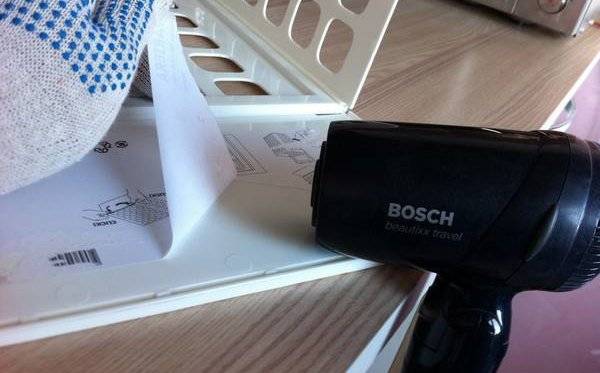
You can use a household hairdryer to clean the surface by heating. However, this method is only suitable for cleaning the adhesive backing from heat-resistant surfaces.
Warm up the sticky marks by holding the hair dryer at a distance of 5-10 cm, and when they become soft, wipe off the remnants of the glue with a foam sponge or a thick cloth.
We clean the plastic

Low porosity, high density and good heat resistance are a set of characteristics inherent in plastic surfaces.At the same time, plastic is characterized by low resistance to chemical and mechanical stress. Chemical reagents and aggressive solvents cannot be used to remove adhesive tape. Products with a pungent odor are also contraindicated for plastic - they are easily absorbed into the layers, and it takes a long and difficult time to erode.
Heating - to remove tape and traces
Heat will help wipe off the tape. The method is applicable to surfaces made of dense and durable plastic. The exposure temperature should not exceed a threshold of 70–80 ° C.
The thermal effect is applied in relation to:
- To the scotch tape. The tape must be warmed up and removed from the plastic surface at the same time. The adhesive will soften and peel off along with the tape.
- To the glue marks.
If the tape is removed, but traces of glue remain, proceed on the basis of two diagrams:
- Continue heating until softened. A rubber spatula will help clean the softened, warm compound.
- After softening the adhesive base, apply soapy water and clean the surface.
- Repeat the procedure until the desired result is achieved.
The method is effective both in relation to fresh tracks and old ones.
Alcohol removes glue and yellowness
It will help not only to wipe off the adhesive from the tape, but also to transform the appearance of the plastic, neutralizing the yellowness.
Application:
- Soak a gauze napkin in ethyl medical alcohol.
- Treat the problem area until the traces of the adhesive tape are completely removed.
It is best to use a soft, lint-free cloth to apply the rubbing alcohol to speed up the process.
Mustard and vinegar
You will need:
- mustard powder - 3 tbsp. l;
- warm water - 1 tbsp. l;
- table vinegar (9%) - 1 tsp.
Mode of application:
- Mix the declared ingredients until a gruel is obtained.
- Apply the gruel to the sticky layer of tape.
- Leave it on for 5-7 minutes.
- Remove residues with a sponge or cloth without applying pressure.
- Rinse off the cleaning agent with warm water.
The mixture acts as a solvent, it is applicable only for dark or opaque plastics, since exposure to light or transparent surfaces is fraught with yellowing and stains.
How to wipe scotch tape from metal
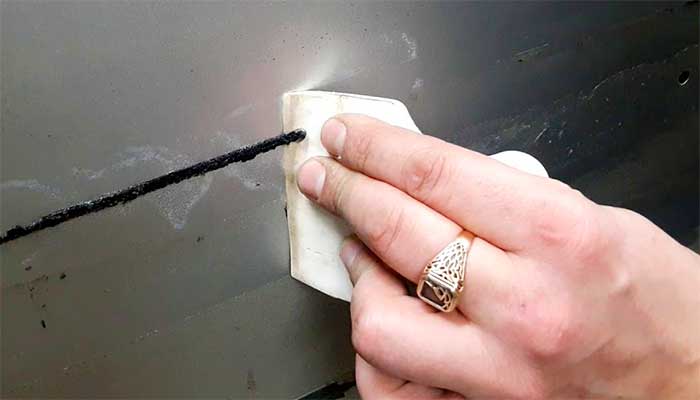
Exposure to abrasive and mechanical methods is prohibited: friction will lead to the formation of micro-scratches, which will cause the metal surfaces to lose their gloss.
Freezing
Exposure to subzero temperatures on the composition of the adhesive makes it brittle and pliable. The adhesive tape loses its adhesive properties, which allows the tape to be removed without leaving any residue.
If everything is clear with small items that need to be removed from the surface of the adhesive tape, place them in the freezer, and after removing them calmly remove. The procedure for exposure to cold on large metal elements, for example, on a refrigerator, remains a question for many.
In fact, everything is much simpler. Both ordinary ice and special refrigerants will help.
Ice exposure:
- Remove enough ice from the freezer.
- Place in a plastic bag to avoid melting liquid leakage.
- Proceed locally, leaving the bag on the tape for a minute or two.
- It remains to remove the tape using a rubber spatula.
The process will take less time if you use technical coolants for removal, which are sold in the form of spray cylinders in hardware stores.
Scheme:
- Directly apply cold to the tape for 2–4 seconds - the distance between the spray nozzle and the treated area is 10–15 cm.
- Use a rubber spatula to clean.
It is not necessary to apply cold to the entire area of the problem at once. Act locally to keep clean. If you see that the effect of the cold has passed, repeat the procedure until the problem is completely neutralized.
Solvents
White spirit, gasoline and acetone are solvents that are effective and safe in contact with metal.
You will need:
- solvent;
- napkin, dry cloth, cotton pad;
- rubber gloves.
Check solvent exposure in a small, inconspicuous area. Only after verification proceed to large-scale actions.
Scheme:
- Put on gloves.
- Apply solvent to the fabric backing.
- Wipe the area until you achieve a solution to the problem at the area to be cleaned.
Mixing solvents of different composition is not permissible: an unexpected chemical reaction may occur.
Oil and soapy water are essential tools to help remove adhesive from tape from virtually any surface. Therefore, before taking on aggressive products that contain solvents, try to remove the tape or glue itself with the tools at hand. As a rule, a regular stationery washing eraser can also help.
Removing scotch tape from furniture
Sunflower oil
This is the easiest way to remove dirt from furniture and linoleum. When vegetable oil is combined with glue, the structure of the latter changes and it easily leaves the furniture surface. To remove residual adhesive, simply pour the product onto the contaminated area or attach a rag soaked in oil to it.
After 2 hours, the structure of the glue will change and it can be easily wiped off with a regular cloth. After that, it is enough to wash off traces of oil with warm soapy water. Then there will be no fat content on the surface.
Important!
Vegetable oil should not be used on unpainted or unpainted wood. The oil will be absorbed into it and leave an indelible oily stain.
Instead of regular oil, some housewives use essential oils with their favorite scent. The principle of operation remains the same. The only difference is that after washing off the traces of oil, the room is filled with a pleasant aroma.
The heating
If the stain is not immediately removed, the traces of glue will firmly bond with the coating after a while. Then they are rubbed off very difficult. To simplify the task, hot air heating is used. This method is suitable if the furniture is not polished. At home, it is convenient to do this with a regular hair dryer. The hot air will soften the remaining adhesive. Then, vegetable oil or a solvent is used to complete the purification.
School eraser
If for some reason oil or solvent cannot be used, a regular eraser is used to clean the furniture surface or linoleum. They need to wipe the sticky mark and brush off the resulting pellets. This product effectively removes fresh scotch marks and stubborn stains. The only inconvenience is that large stains have to be wiped off for a long time and with effort.
An eraser removes adhesive tape dirt from various surfaces:
- plastic;
- wood;
- glass;
- metal.
When treating wooden furniture fronts, keep in mind that lacquered, painted and untreated surfaces react differently to cleaning compounds.
- Table vinegar. Suitable for unpainted and varnished wood. Dilute vinegar with warm water in a 1: 1 ratio. Moisten a napkin, squeeze lightly and wipe the area with the remaining adhesive tape several times.
- Essential and vegetable oil. Used for varnished and painted facades. Not suitable for untreated wood, as essential oils can be absorbed into the wood and leave yellow marks. The essential oils of mint, sage, thyme, and lemongrass are best suited.
- Fluoride-free toothpaste. Suitable for all types of wood furniture, except for polished ones. Dilute the toothpaste with a little water. Using a cotton pad or stick, apply the composition to the surface and rub lightly. Leave for 3-5 minutes, then rinse with warm water and wipe dry with a hard cloth.
- Nail polish remover. Suitable for untreated wood. Choose a clear liquid that is free from dyes and oils. Otherwise, painted areas may remain on the surface.
- Window cleaner.The colorless version is suitable for all types of facades, except for untreated ones. Spray the product at a distance of 15–20 cm, leave for 20–30 minutes. Rinse with warm water and dry with a clean, hard cloth.
How to wipe scotch tape from linoleum

The methods are divided depending on the composition of the linoleum: natural or synthetic.
The vegetable oil, which has worked well for cleaning laminate flooring, will easily and safely remove adhesive tape from natural linoleum. The scheme of action in both cases is the same.
Friction - with an eraser and dry hard cloth
A regular stationery eraser will help remove old stains from adhesive tape.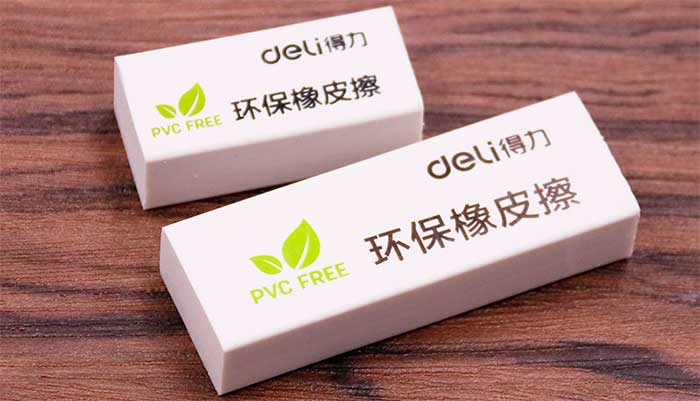
Adjacent surfaces should be treated with talcum or starch. A thin protective layer will prevent the tape from moving to another location.
Instructions:
- Rub the marks with an eraser - the adhesive component, when rubbed, clings to the top layer of the elastic.
- The formed pellets can be easily removed using a dry, hard cloth.
Apply only a soft eraser without harsh abrasives. The blue part of the handle removal gum cannot be used. Failure to follow the rule is fraught with scratches.
Vodka, alcohol and gasoline
The action of solvents in relation to the adhesive base is identical for each item.
Steps:
- Apply the product to a cotton pad to keep it moist.
- Leave the disc for 5-15 minutes, depending on how dirty it is.
- Remove the adhesive with a dry waffle towel.
- Treat the surface with soapy water.
Allows you to remove the trail of adhesive tape from synthetic linoleum. The natural composition will not withstand processing.
Melamine sponge
The mild effect of a melamine sponge will help to quickly and, most importantly, safely remove the glue from linoleum, as well as laminate.
Remember to wet the sponge before using. Follow the manufacturer's instructions.
How to wipe off traces of masking tape
When choosing a method for cleaning traces of masking tape, it is necessary to take into account the type of material, since glass, plastic and wood react differently to external influences.
Plastic cleaning
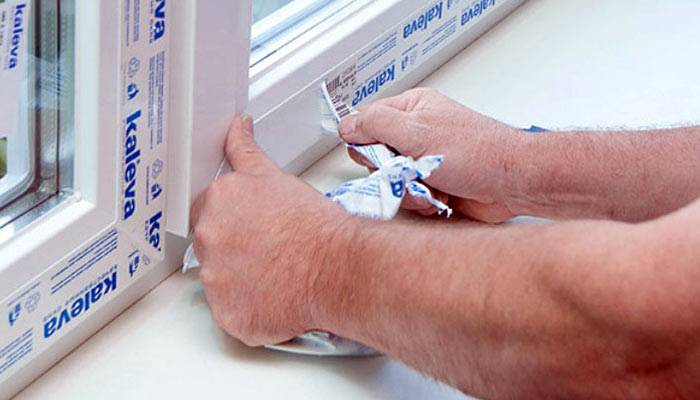
To wipe off the remnants of masking tape from the plastic, you will need:
- Mix together a tablespoon of soda and water so that a mushy substance is formed.
- Apply the compound to the contaminated surface.
- Wait no more than three minutes and rinse with water.
A school eraser is used to quickly remove the remnants of the tape. A similar effect is given by a specialized tool for cleaning glue from plastic. Also, toothpaste is used to remove traces of masking tape. Using a sponge (rag), this cleaning agent should be applied to the contaminated area, wait 5 minutes and rinse with water.
Metal cleaning
Kerosene, white spirit, acetone and gasoline help to clean the remnants of masking tape from metal. To remove stains you need:
- Soak a cloth in any of the liquids listed.
- Wipe off any remaining adhesive tape until traces disappear.
- Rinse the surface with a cloth dampened in clean water.
For the second method of cleaning traces of masking tape, you will need a refrigerant. This substance is sold in cans in hardware stores. To clean the adhesive from the masking tape from metal surfaces, you need:
- Spray the refrigerant at a distance of 10-15 cm, holding the can for 3-4 seconds.
- Using a rubber trowel, wipe off the dirty area. Re-spray if necessary.
- Wipe the surface with a damp cloth.
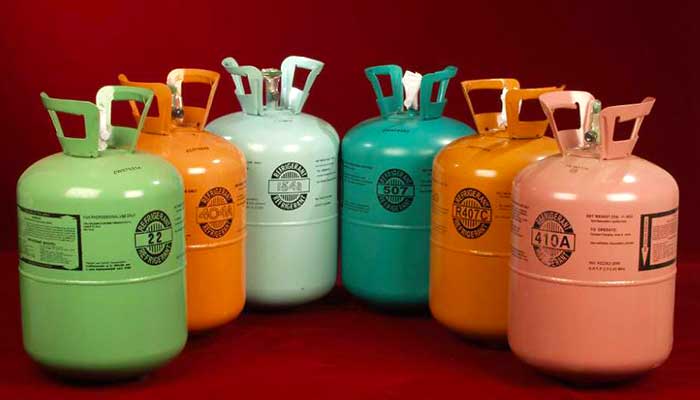
To remove the remnants of the adhesive tape from the metal surface, specialized means are also used that not only get rid of dirt, but also restore the previous shine of the material.
Glass cleaning
To remove traces of adhesive tape from glass help:
- acetone;
- petrol;
- nail polish remover;
- alcohol;
- window cleaner containing alcohol.
To clean the glass, each of the indicated liquids must be applied to the contaminated area, wait no more than a minute and wipe with the hard side of the foam rubber sponge.
Old traces are removed by a hairdryer in combination with soda. To do this, you must first heat the contaminated area. Then you need to place a tablespoon of baking soda in water until gruel, apply the mass on the glue with a sponge and wipe the rest of the tape.
Wood cleaning
Regardless of the type of wood surface, the following method is used to clean up adhesive tape residues:
- 2-3 drops of sunflower oil are applied to the sponge.
- The traces of the adhesive tape are rubbed with a sponge.
- Wait 30 minutes and wipe the surface with a terry (paper) towel.
- Mix a teaspoon of detergent (aggressive is recommended) and a glass of vinegar.
- Pour the mixture into a spray bottle, shake and apply to the contaminated area.
- Wait a minute and wipe off any remaining oil with a paper towel.
When cleaning masking tape from furniture, follow the manufacturer's advice. In order not to spoil the product, first wipe the contaminated area with a school eraser. If this method does not work, you can apply essential oil to the remaining glue, wait 5 minutes and remove with a soft sponge. After this procedure, the surface must be wiped with a damp cloth.
Despite the fact that the glue from the masking tape penetrates deeply into the structure of the material, you can remove the remnants from the tape using household products. It is necessary to take into account what the contaminated surface is made of, and in accordance with this, select cleaning methods.
How to remove old scotch marks
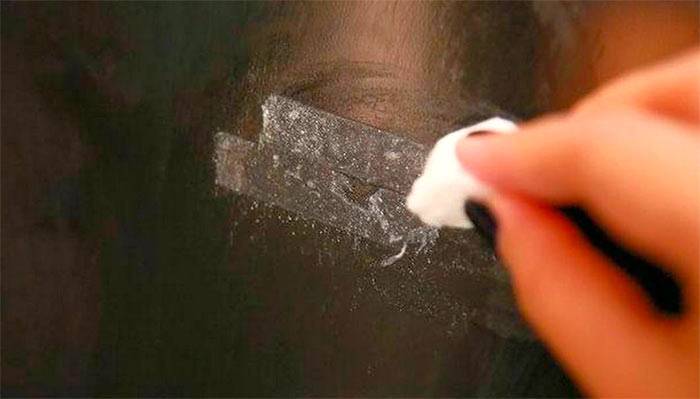
The remains of scotch tape on the glass is not a new thing, every housewife faces a problem. It is impossible to wash off the problem with plain water, wet wipes, even if the traces are fresh, you will have to tinker with old ones even longer. But removing stains from glass surfaces is not that difficult. Solutions that can be prepared on the basis of home-made components at hand will cope well with it.
Hairdryer in combination with other products
Fresh traces are easier to wash off, therefore, when working with old ones, the help of a hair dryer or a steam cleaner will be useful. With their help, the glue will warm up and melt. It will be easier to work with the stain further. Wash the “rejuvenated” stain using the methods below.
Vegetable oil as an effective remedy for scotch marks
If there are traces left after removing the tape, use oil. Soak a cotton pad in vegetable oil. Blot the dirty area. Leave it on for a quarter of an hour. When the glue has softened, wipe off the dirt with a damp cloth. To remove oil stains from the glass, wipe the glass first with a damp sponge and then with a dry sponge.
If there is an essential oil in the house, then you can use it for cleansing. The plus is that together with the cleaning of the glass, the room is filled with a pleasant aroma.
Unusual use of improvised solvents
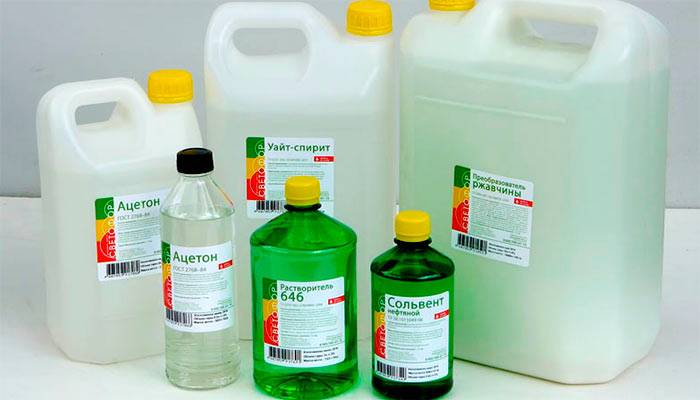
Adhesive from scotch tape is well cleaned using solvents familiar to everyday life. Acetone, for example, nail polish remover, and white spirit are also useful here. If they are not at hand, but at the same time you are the owner of a car, use gasoline - it effectively, and most importantly, removes the remaining adhesive from the tape without scratches.
Soak a cotton pad in the selected solution. Wipe the dirt off. Leave it on for a few minutes to soften the glue. Wash the glass with soapy water or window cleaner.
Remember that the solvent must not come into contact with plastic surfaces. And after complete cleansing of the contamination, wash the glass additionally to remove the residual solvent.
Remember to be safe when working with baking powder. Strong odors can provoke dizziness. Therefore, ensure that the room is well ventilated.
Alcohol - will help to wash the glass from the tape easily
Alcohol-based liquids will help to wash off the stains from the adhesive tape on the glass. It can be alcohol, vodka, alcohol tincture.You do not need to dilute vodka and tincture. But pure alcohol can irritate the respiratory tract, so it must be diluted in a small volume of water.
Cotton pads will again help to wash the windows from the tape. It is with them, dipped in alcohol, that we blot the pollution. Just a couple of minutes and the glue will be easily washed off.
Vinegar as an effective remedy for scotch adhesive residue
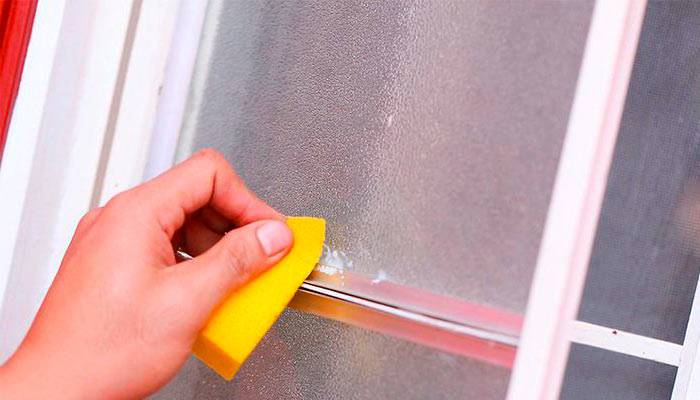
The glue base can be removed from the glass surface well with ordinary vinegar.
Take:
- acetic acid (70%) - 100 ml;
- water - 100 ml.
Soak a cloth in the solution, wet the area well with glue residues, or, if possible, leave a wet sponge on the glass for a while. Once soaked, the glue can be easily washed off the glass.
We use a regular eraser
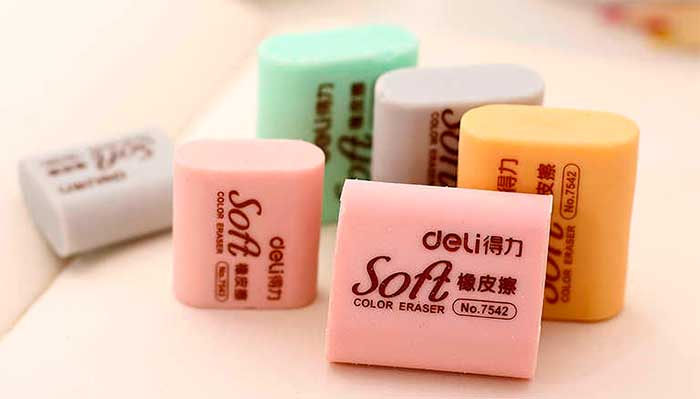
An eraser, a regular stationery, is effective in combating dried, old dirt. Proceed as usual: erase the dirt like a pencil drawing. The glue will roll into balls, which can be easily removed with dishwashing detergent diluted in water.
Simple methods
The easiest way is to use the tools that are likely to be at hand in every kitchen or workshop.
Sunflower oil
In addition to sunflower, you can take any vegetable (for example, olive) or essential oil. When choosing an essential oil, you should give preference to a bottle with a pleasant aroma, then, in addition to removing traces of glue, the product will also freshen the air in the room.
A little oil is poured directly onto the stain, or a cloth soaked in oil is applied to the stained area. The oil must be left to act for a while, then wipe off with a cloth, the remains are washed off with water and soap. Oil will leave greasy stains on untreated wood surfaces, not recommended for use.
Gasoline for lighters
Gasoline used to refuel lighters is preferable to regular gasoline because it has undergone additional purification. Petrol should be used with extreme care indoors as it is toxic and flammable.
Eraser
With a regular school eraser, you can wipe off scotch tape from almost any surface, including plastic and furniture. The method is laborious, since you have to rub hard and for a long time. Then wipe with a damp cloth.
Hair dryer
When heated, adhesive residues soften and it becomes easier to remove them mechanically. You can apply a hairdryer not to all surfaces, but only to those that are not afraid of high temperatures. Often the use of a hair dryer is combined with other means: first, the glue is softened by heating the surface, then the stain is removed, for example, with gasoline.
Cloth soaked in hot water
Sometimes, to remove the adhesive from the tape, it is enough to rinse the contaminated area with a damp cloth. Hot water will soften the glue marks and the cloth will remove the residue.
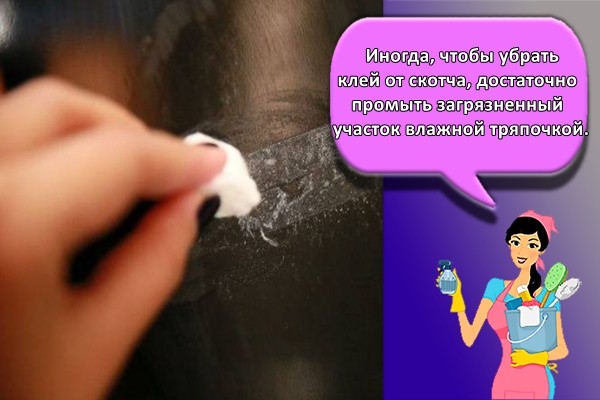
New scotch tape
The easiest way is to remove the remnants of the old tape with a new one. To do this, stick tape over the glue traces, and then tear it off sharply. The method will help where the use of solvents or abrasives can damage the surface, for example, on furniture.
Soda solution
Glass, plastic, tiles are often cleaned with soda. A thick paste is prepared from soda with a small amount of water, placed on dirt, and then washed with light movements
Be careful not to scratch the base material
How to wipe scotch tape from glass
There are several types of scotch tapes. The methods of removal from the glass depend on this.
Masking tape
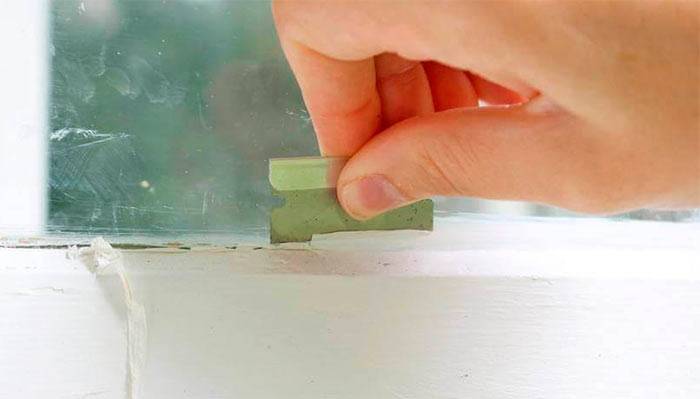
Painter is easier to remove from the window than others. The paper is moisture permeable, therefore, lends itself to the action of any solution (moisture, oil).
The removal technology directly depends on how long the material has been glued. In the case of the old one, it will take more time to soak the paper and glue itself.
Start with regular hot water. If hot water and time did not give the desired effect. Move on to more drastic measures:
- Gasoline and ethyl acetate.Mix in a 1: 1 ratio. Apply. Leave to act. The window can be cleaned easily.
- Vegetable oil. Blot, wait for the base paper to be soaked in oil and penetrate into the glue. It is easy to remove the oil paper tape; all that remains is to wash the glass from the remaining plaque.
Editing or stationery tape
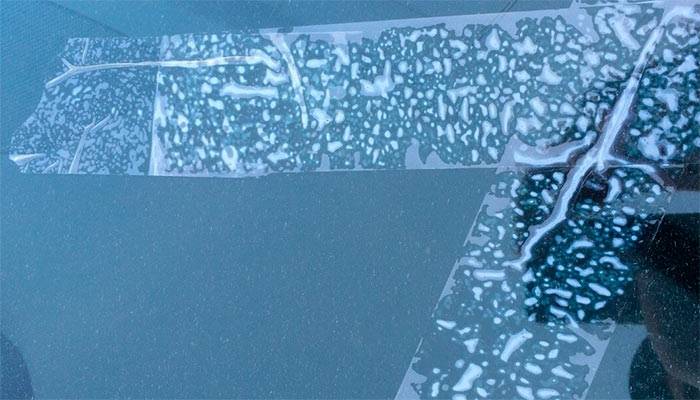
Mounting and stationery at the base contain foil and polyethylene: without removing the top layer, it is impossible to remove the adhesive. Temperature effects will help to clear the window from the adhesive tape. It is possible that the action of a scraper or blade will be required
They must be used with extreme caution so as not to scratch the glass. To avoid doing more harm when working with a sharp object, keep the blade parallel to the surface
Heat is a versatile method for removing scotch tape
The effect of heat on the adhesive base will help to wash the windows from the adhesive tape. Careful removal avoids the need for further action: removing the adhesive.
You can heat the adhesive base using:
- Hair dryer. At moderate temperatures, heat the glass for 30 seconds. Check if it comes off easily, if problems arise, repeat the procedure. Remove by directing away from you, if necessary, continue heating. When working with plastic windows, be careful not to cause deformation.
- Hot water. A method that is suitable when the option with a hairdryer is an unaffordable luxury. Soak a sponge in boiling water, attach it to the scotch tape. Remove while the base is warm and comes off easily.
- Steam cleaner. A method that combines the first and the second. Allows you to simultaneously warm up one part of the tape and remove the other already processed.

